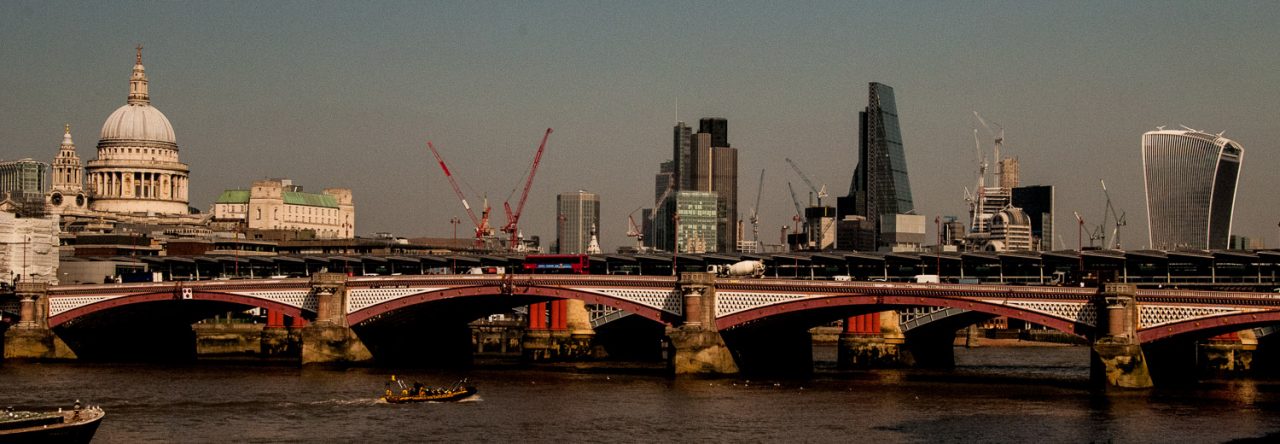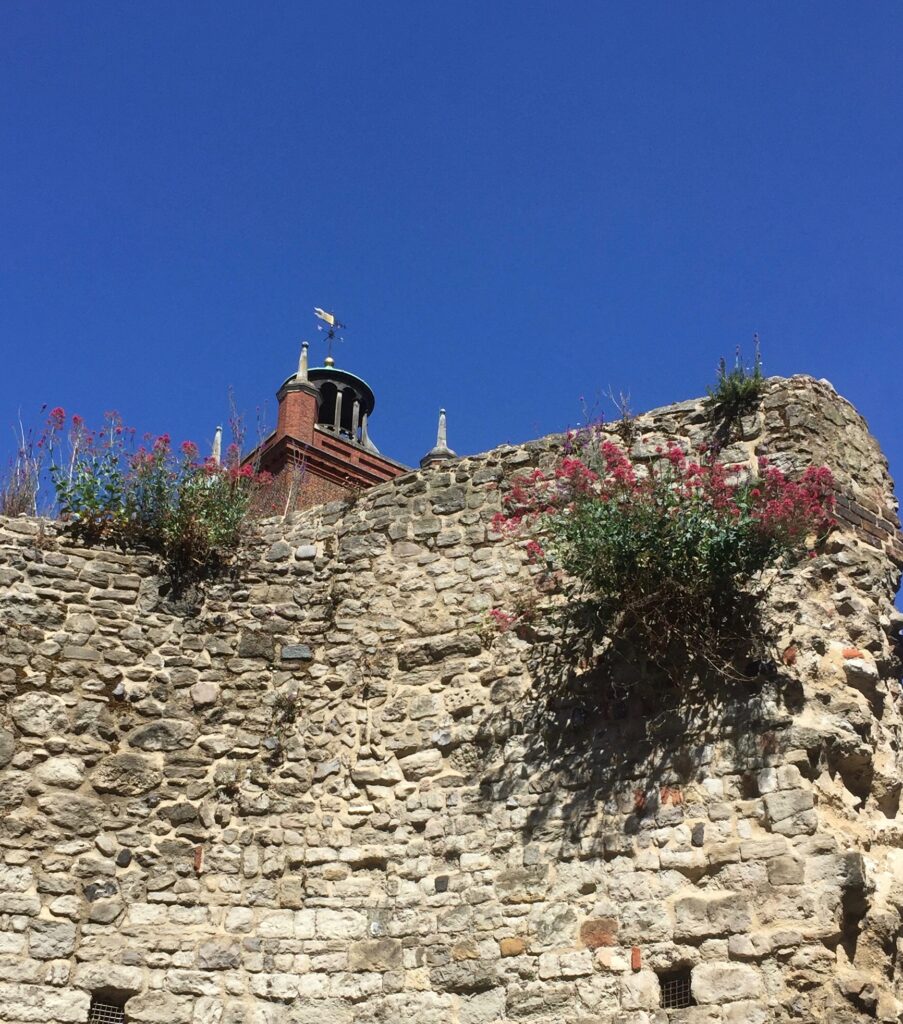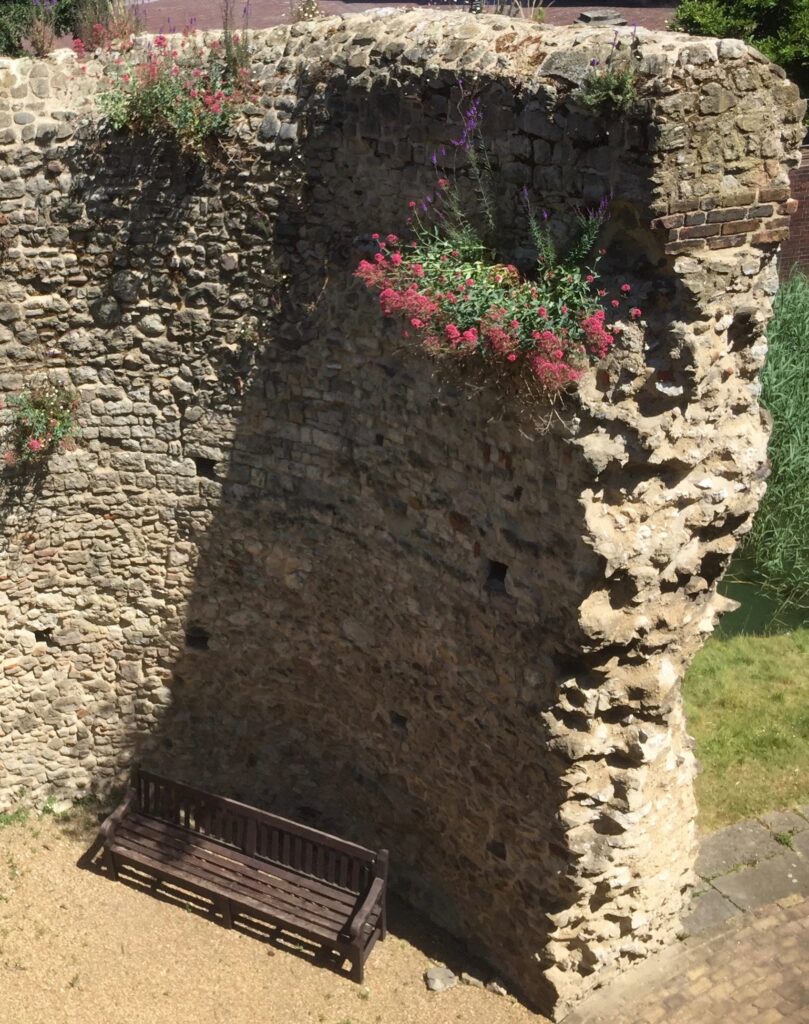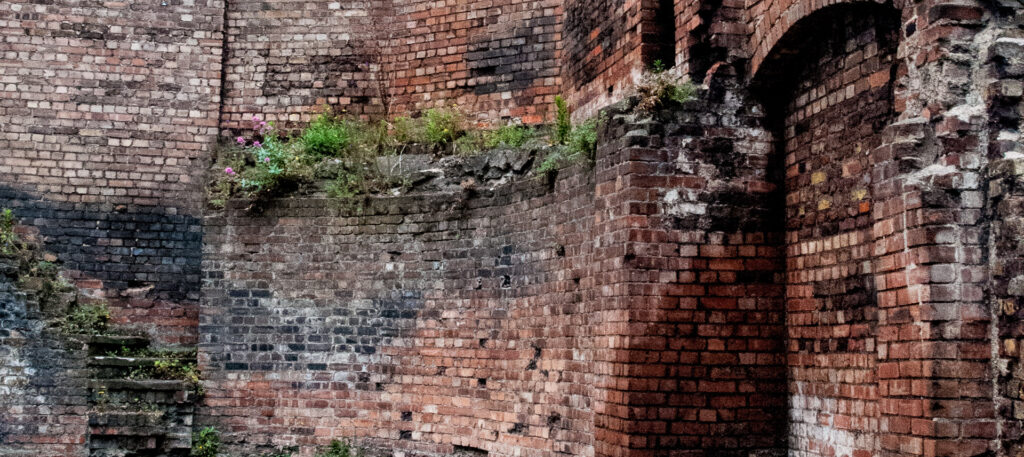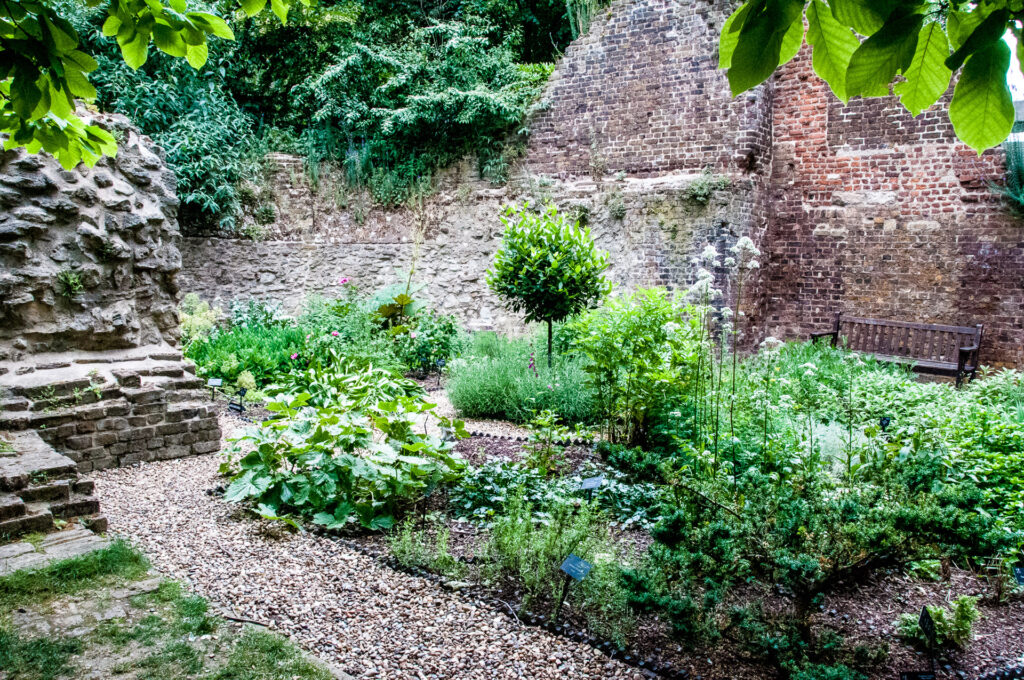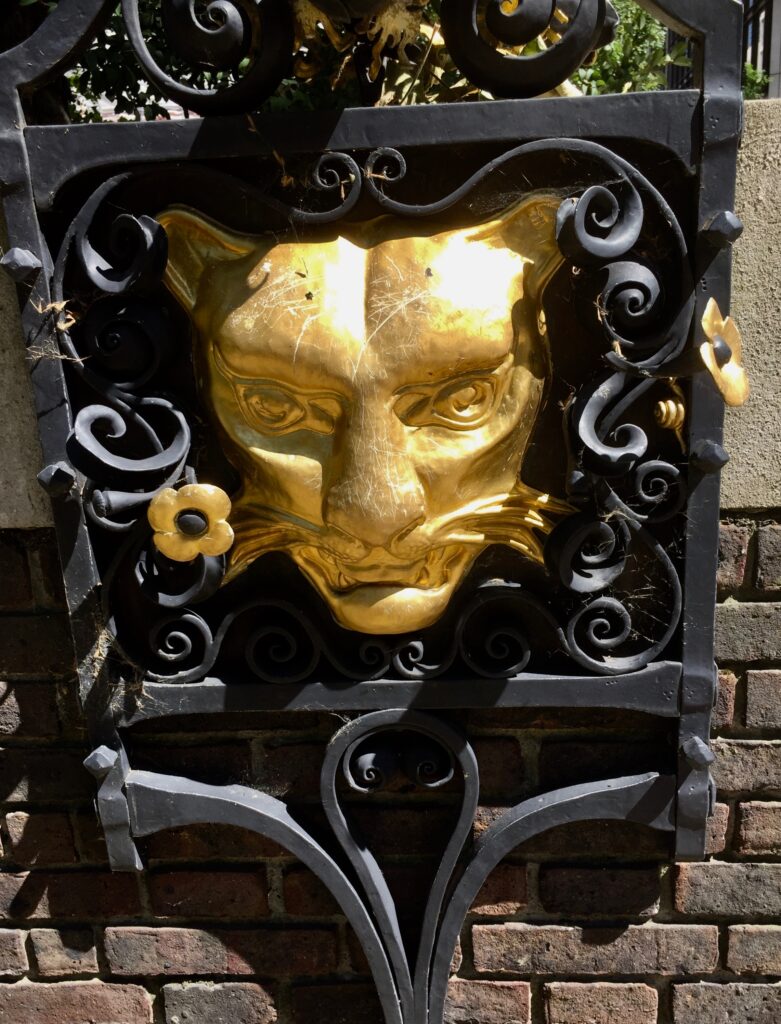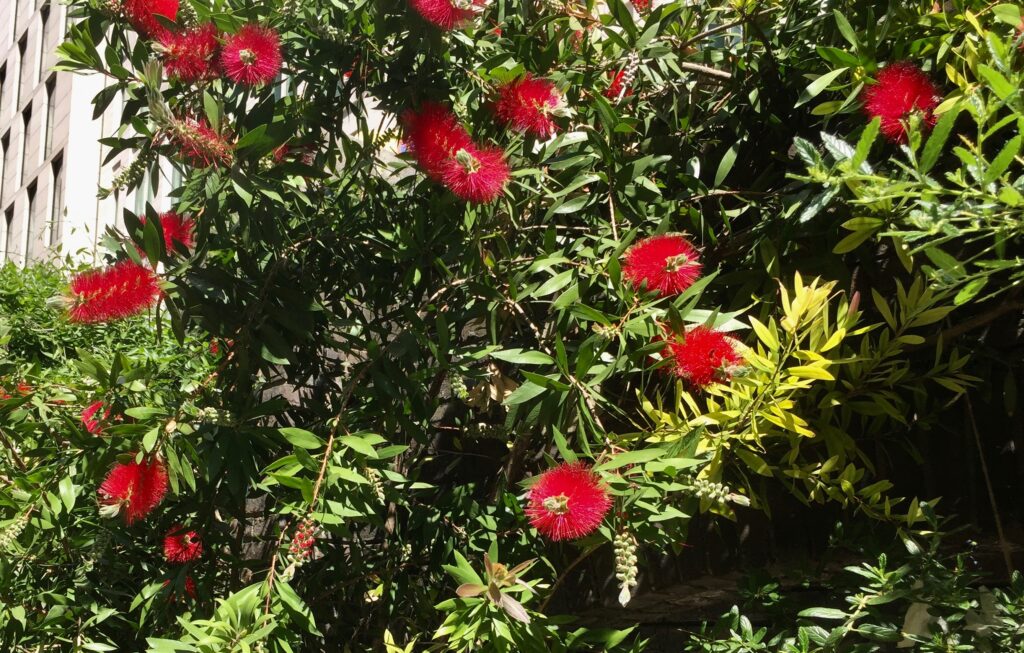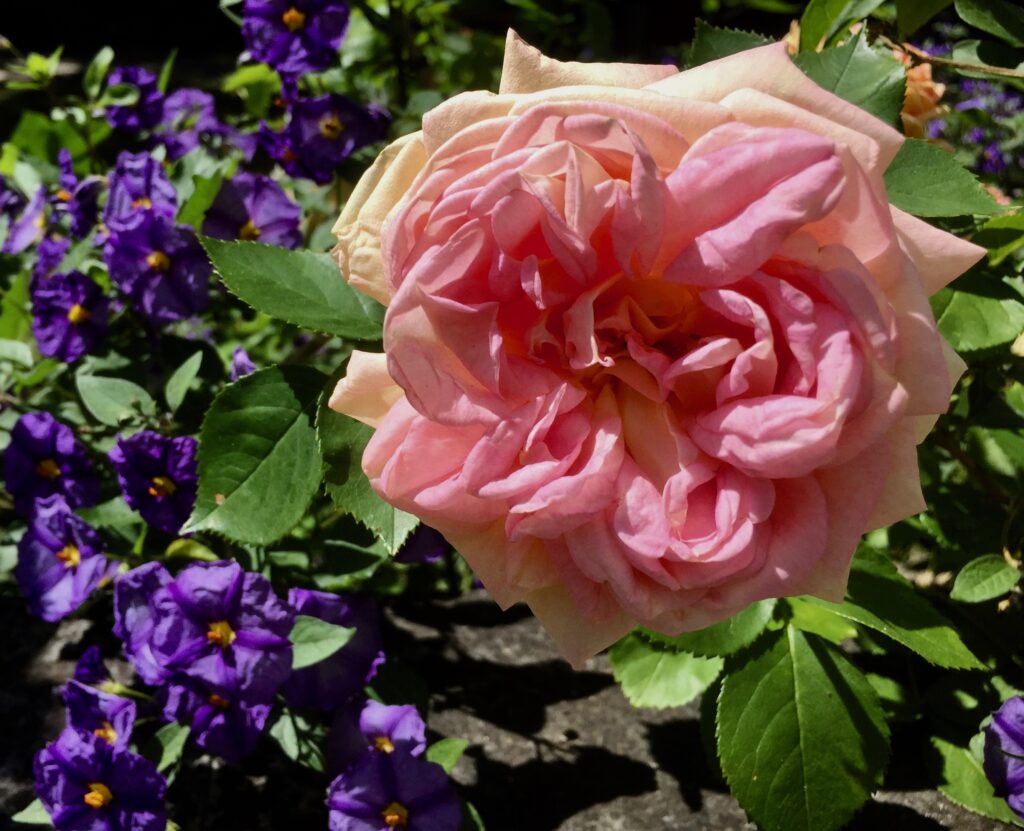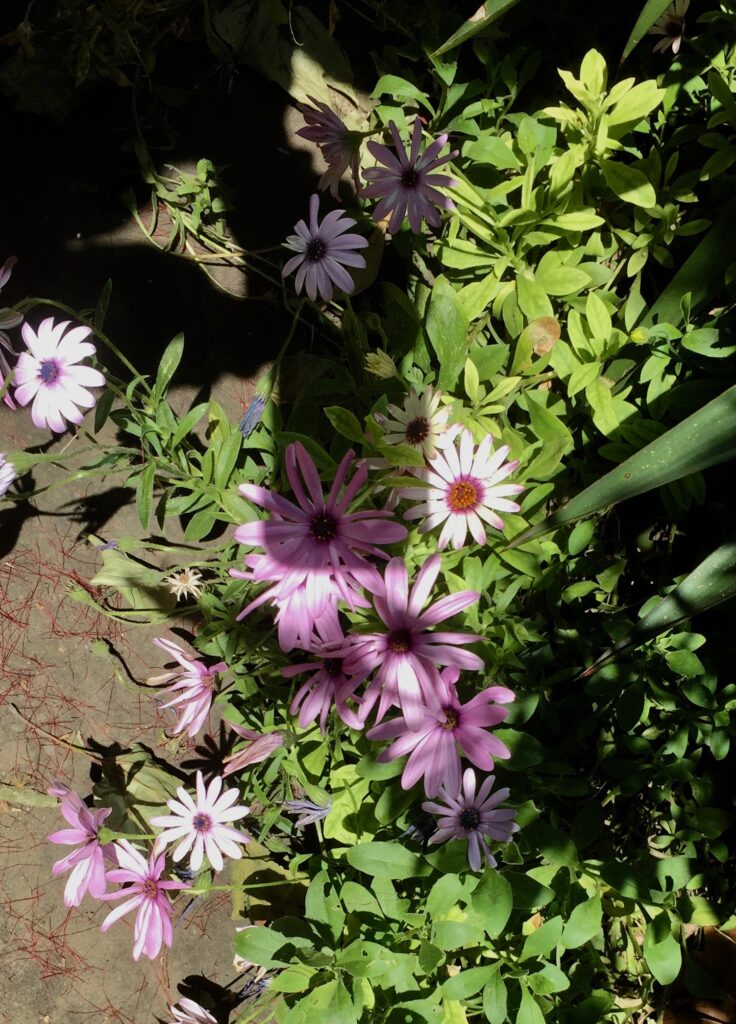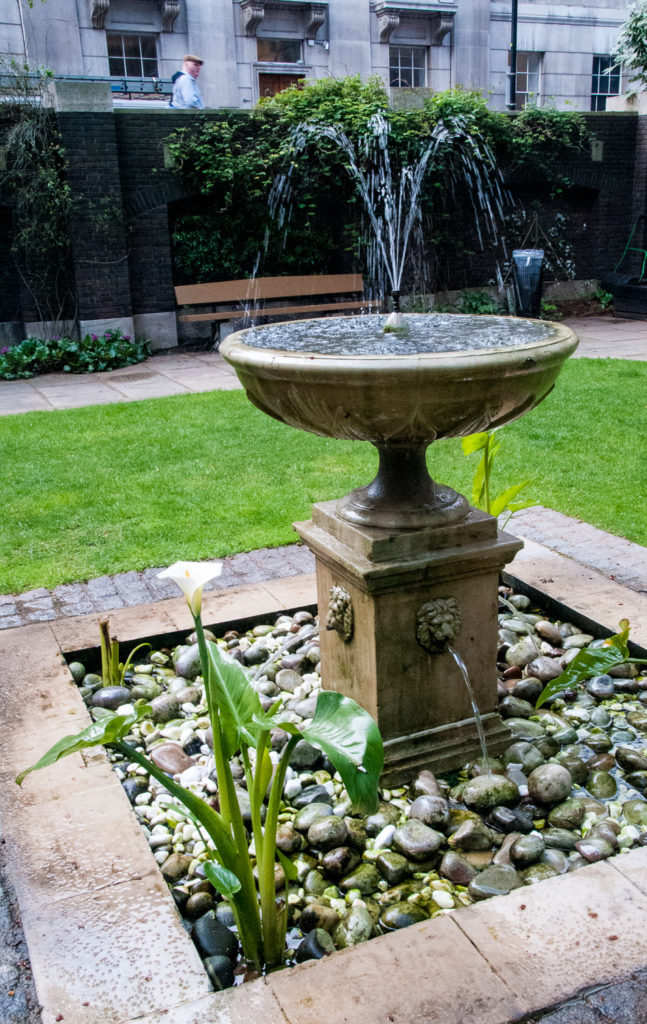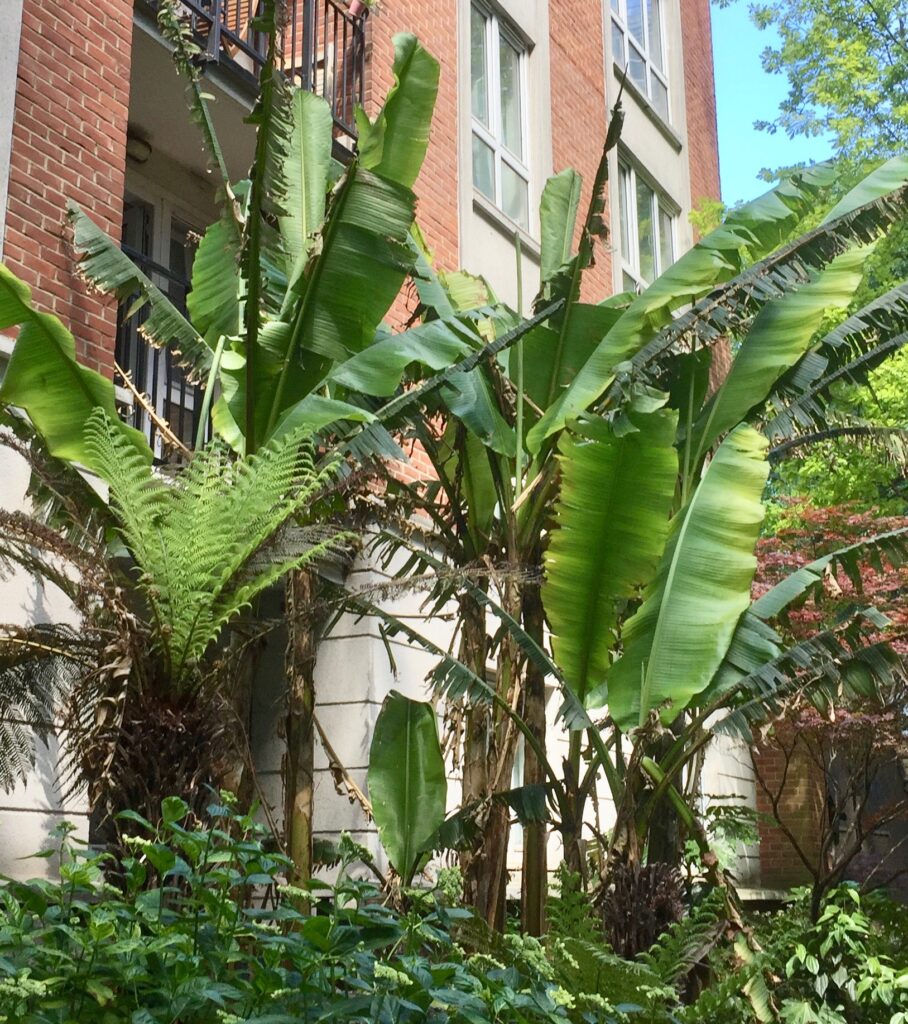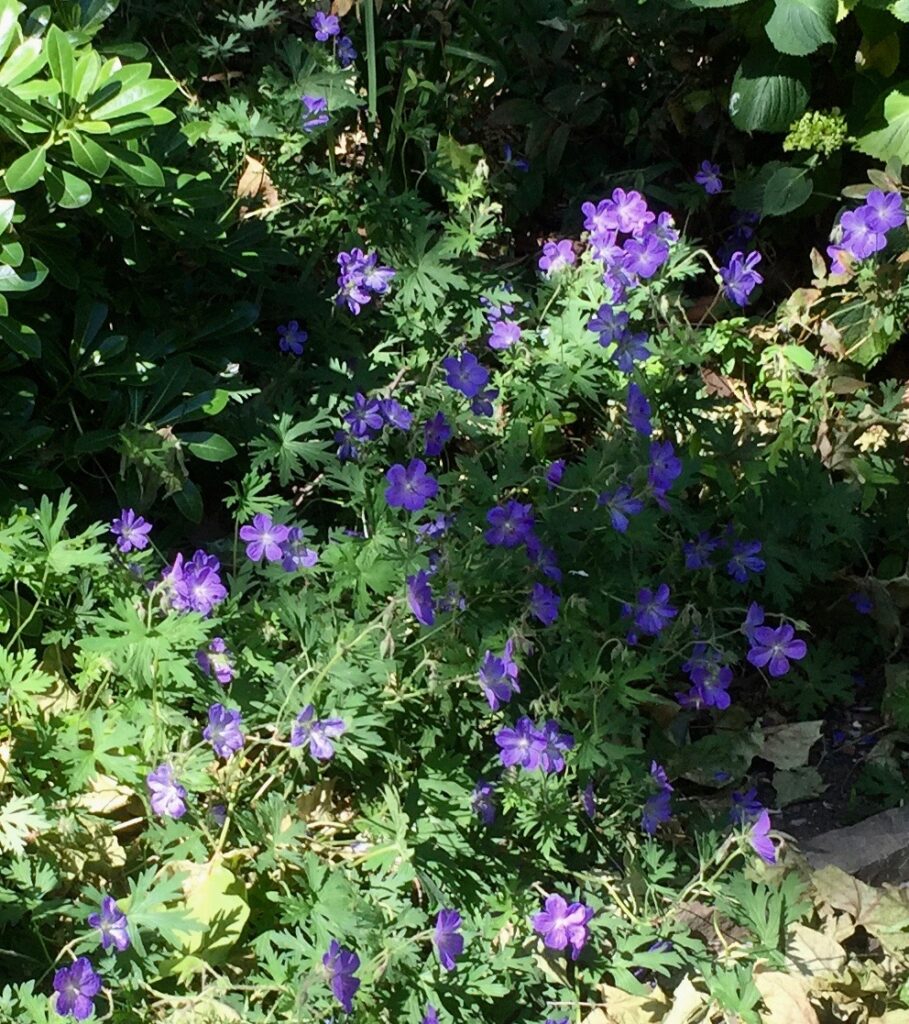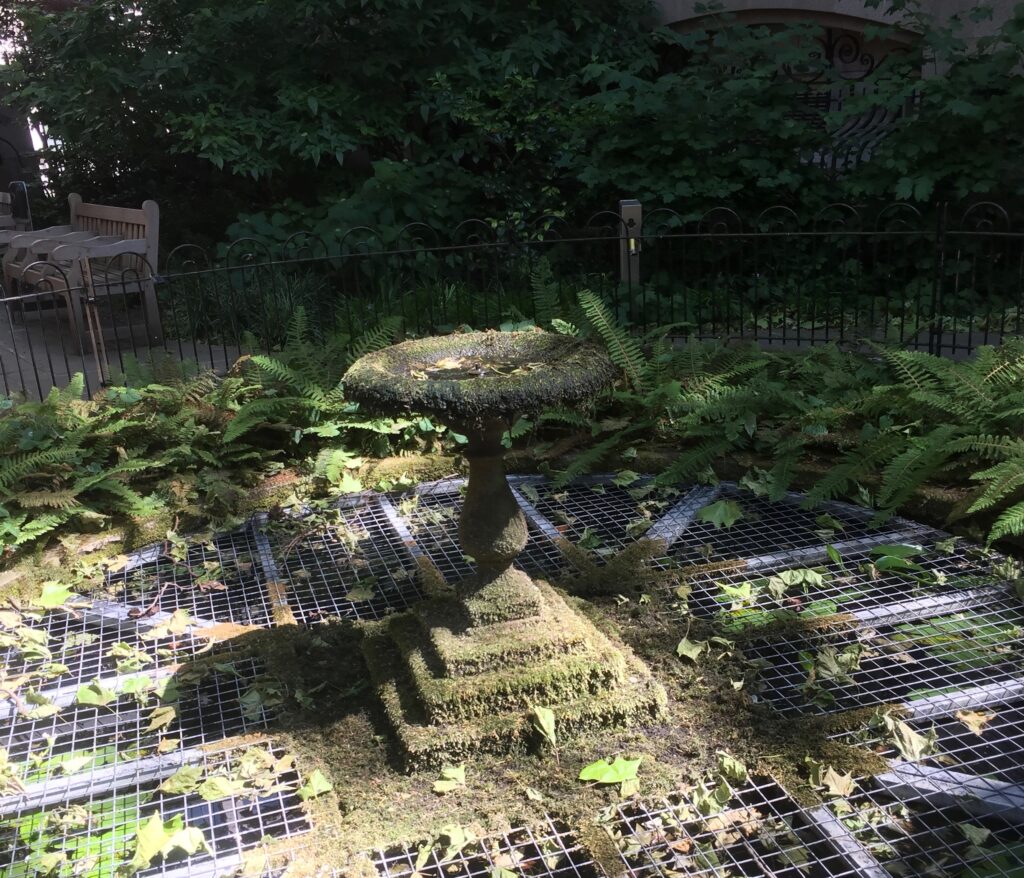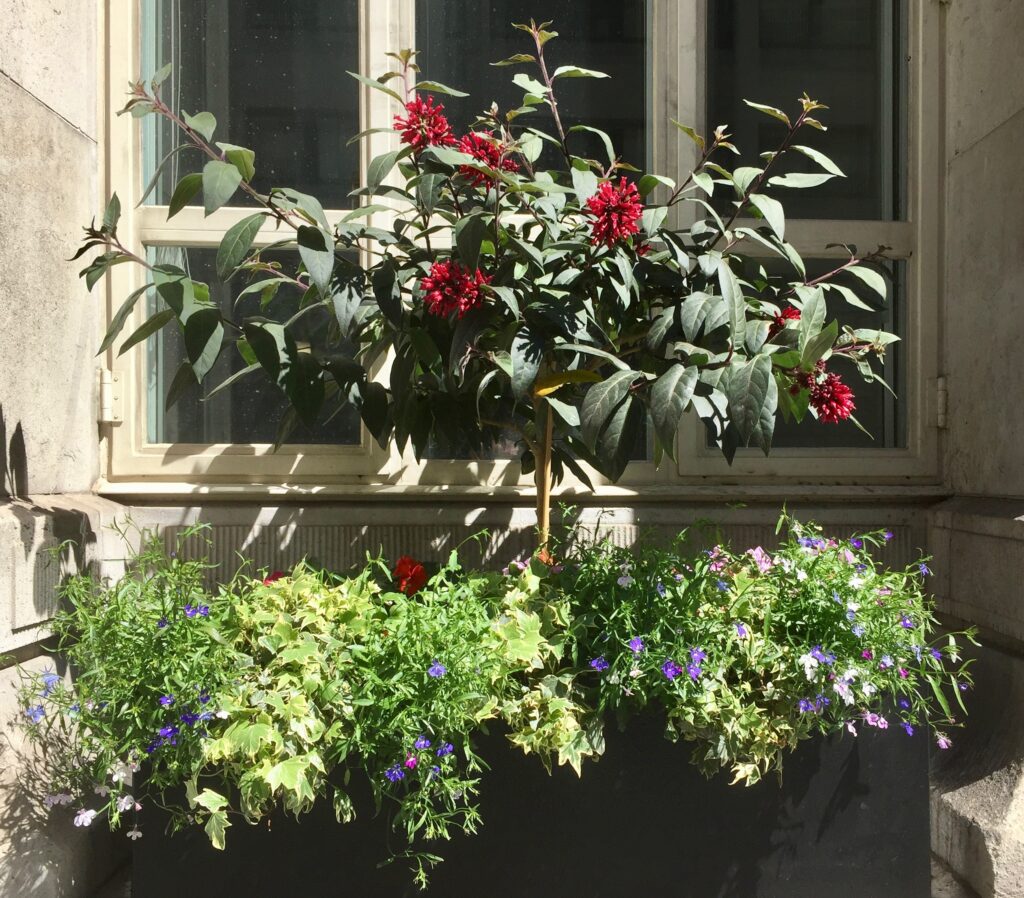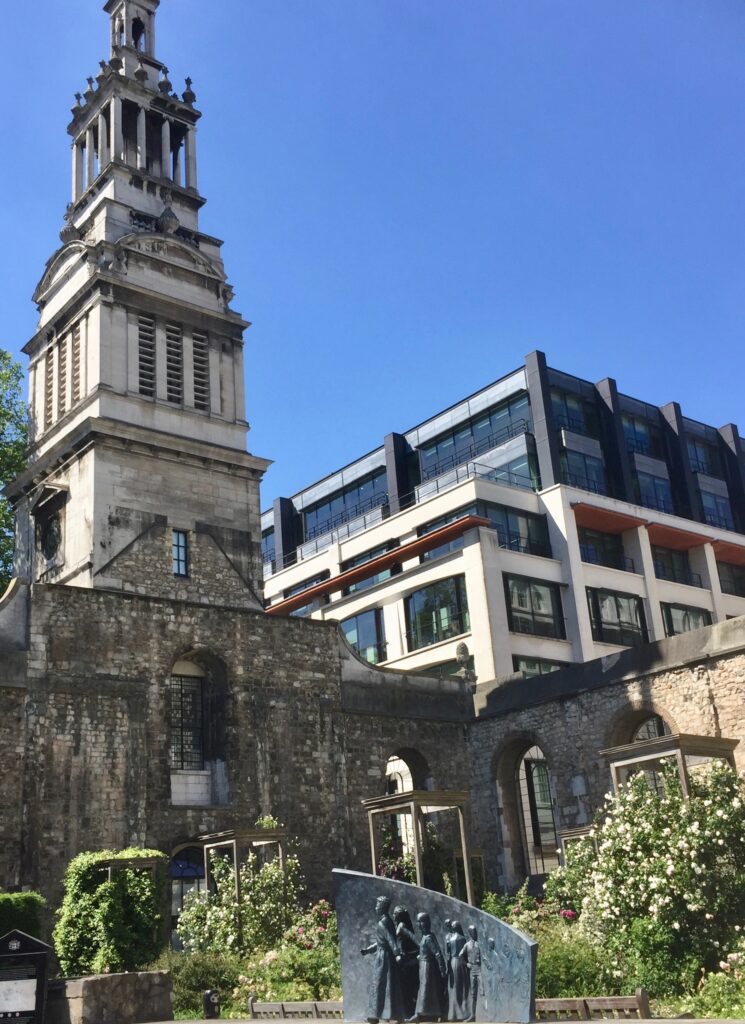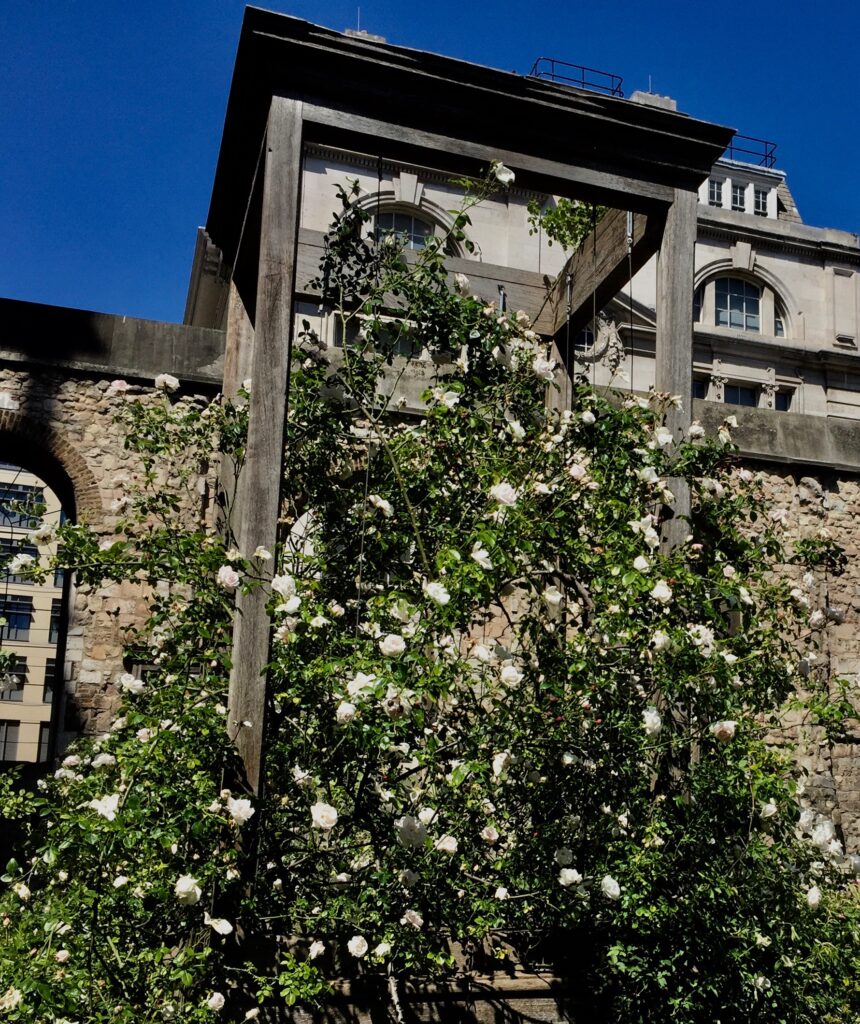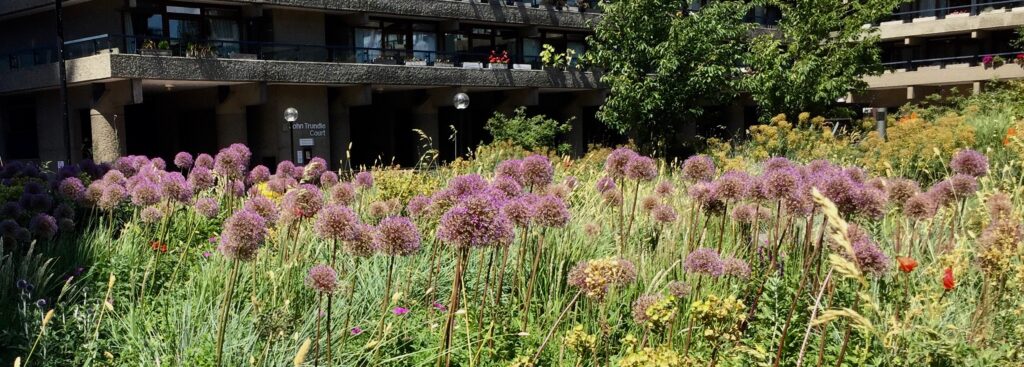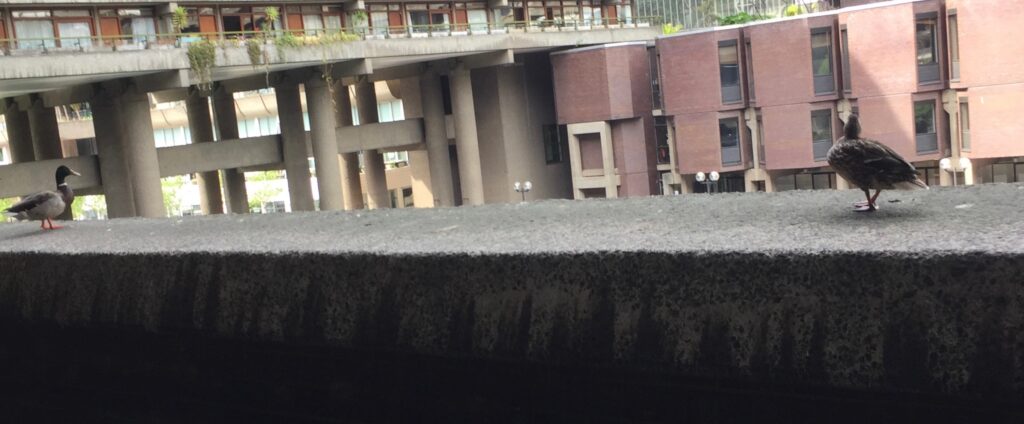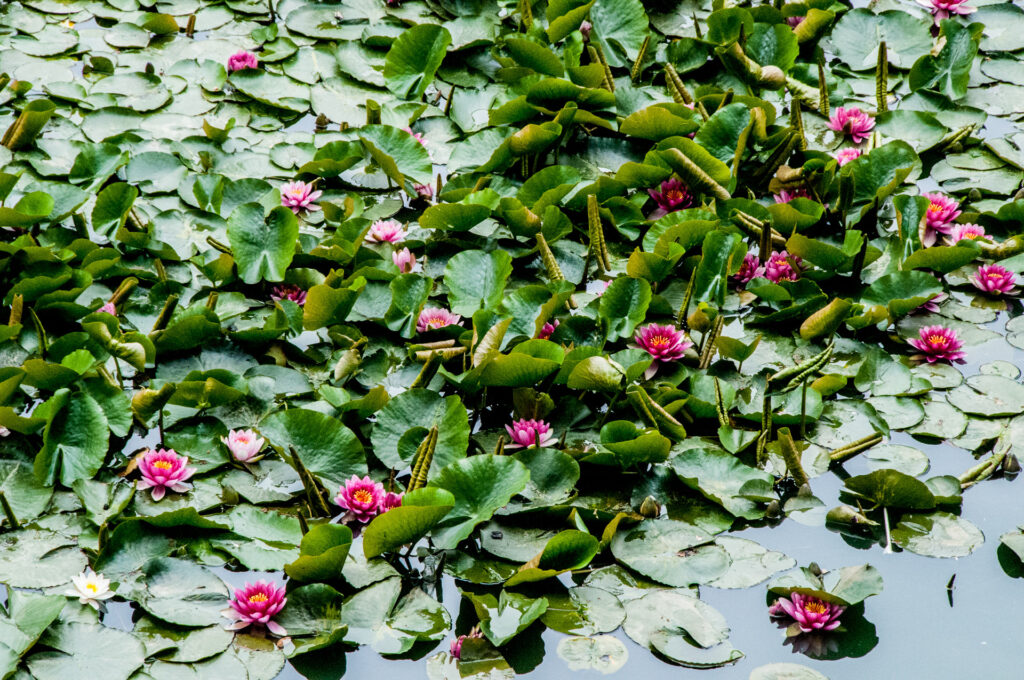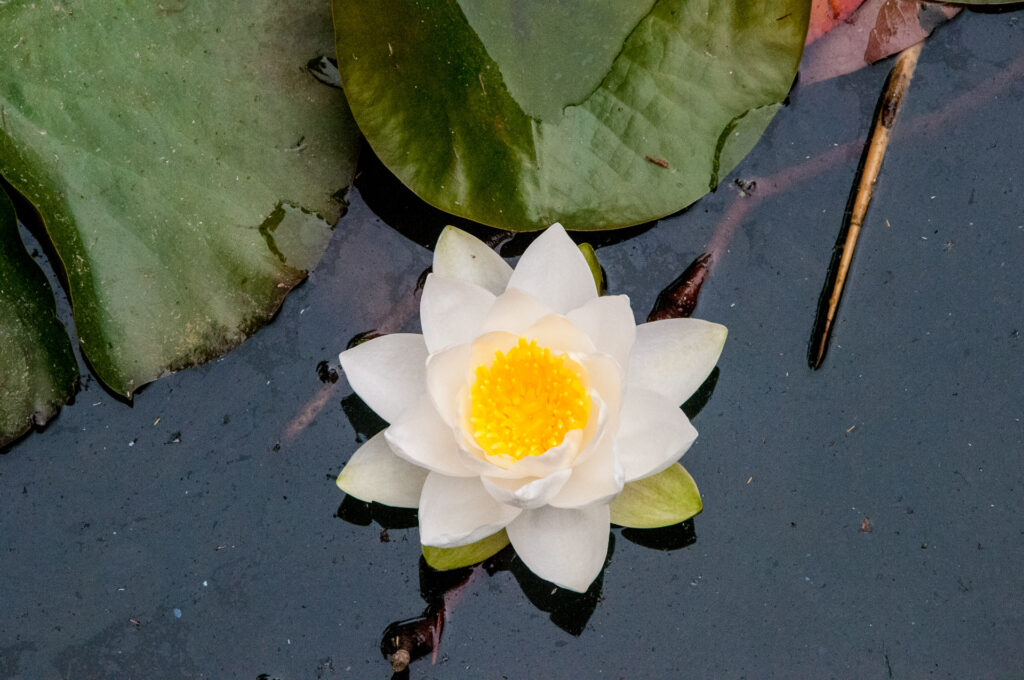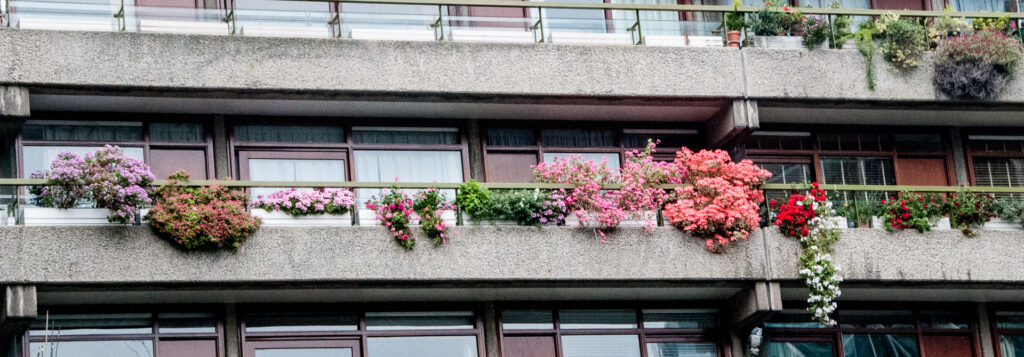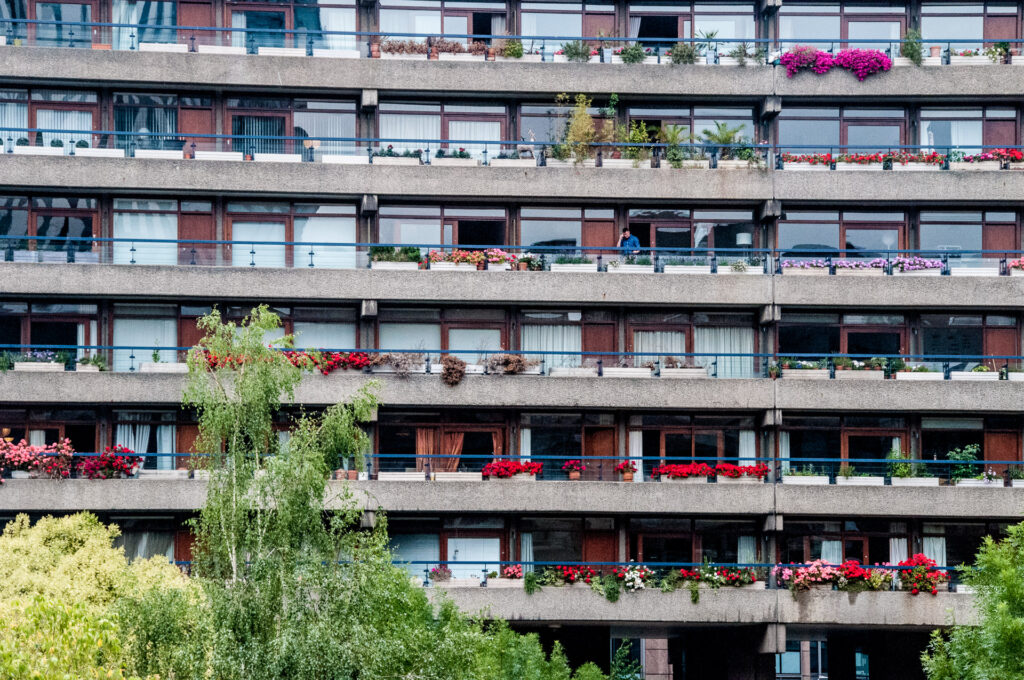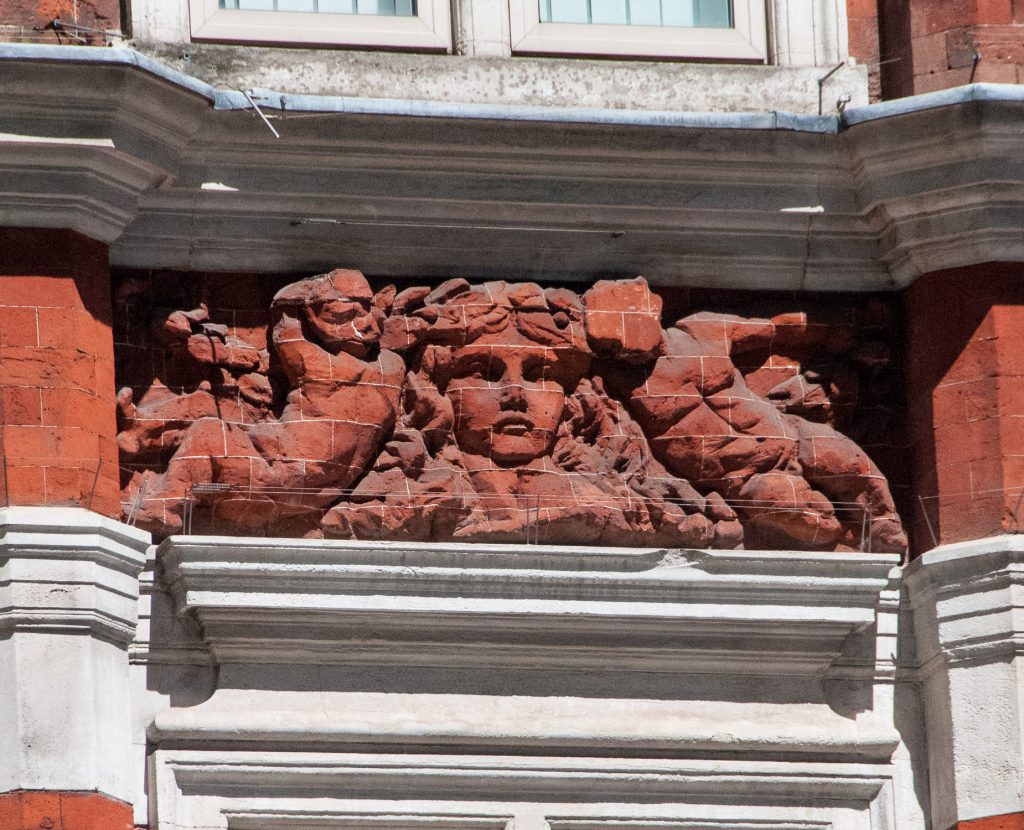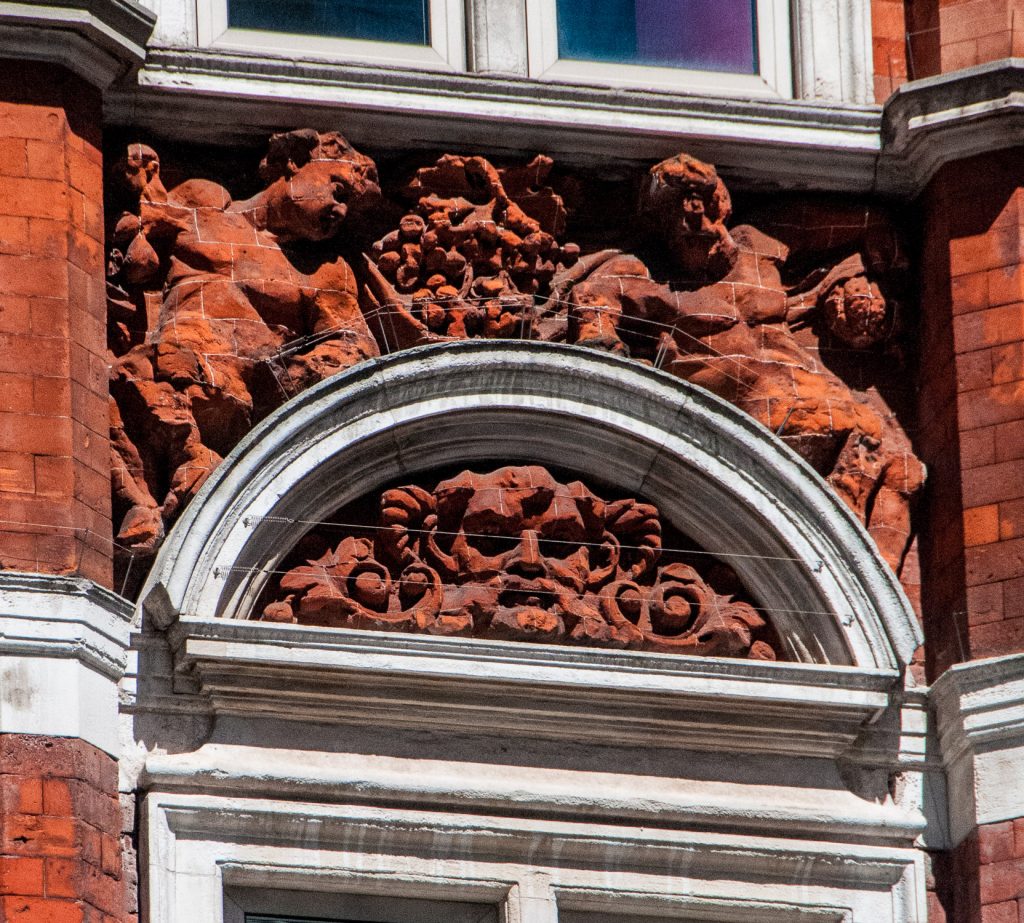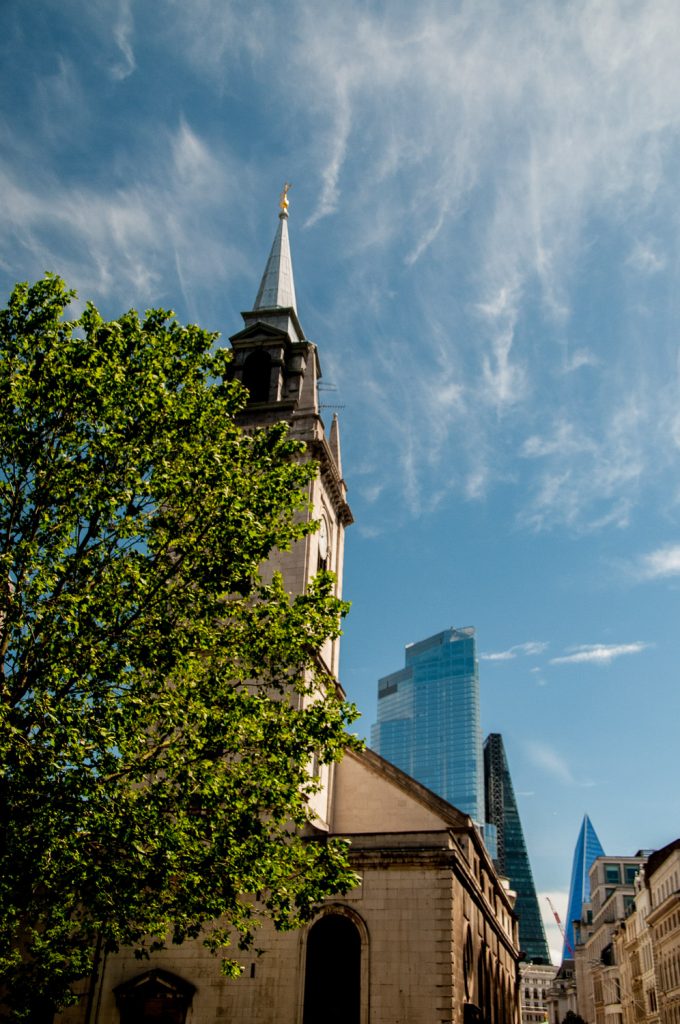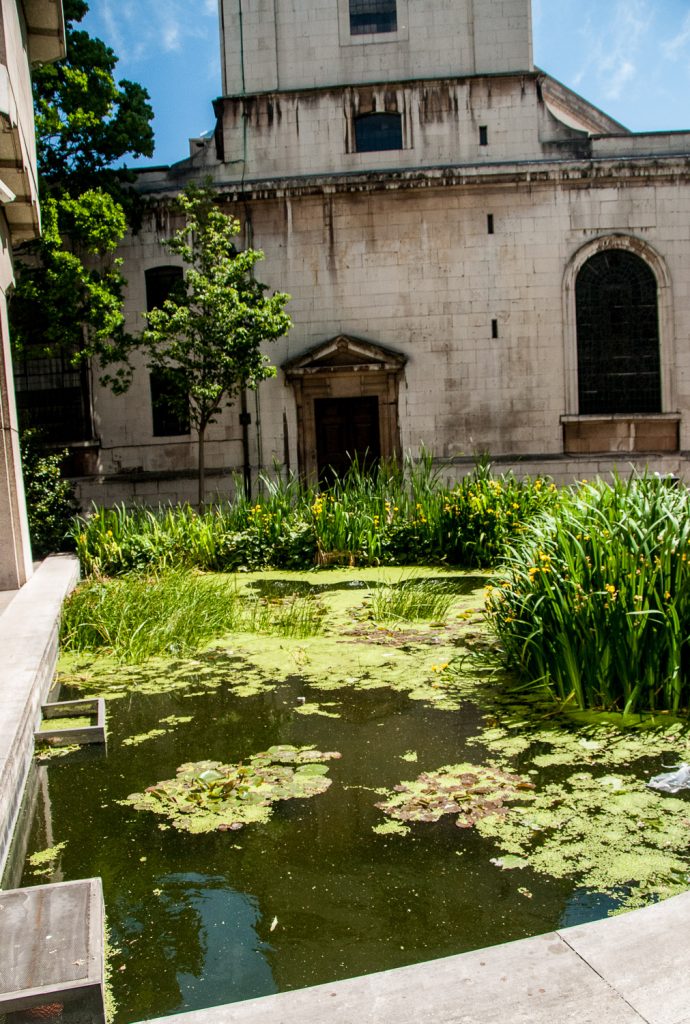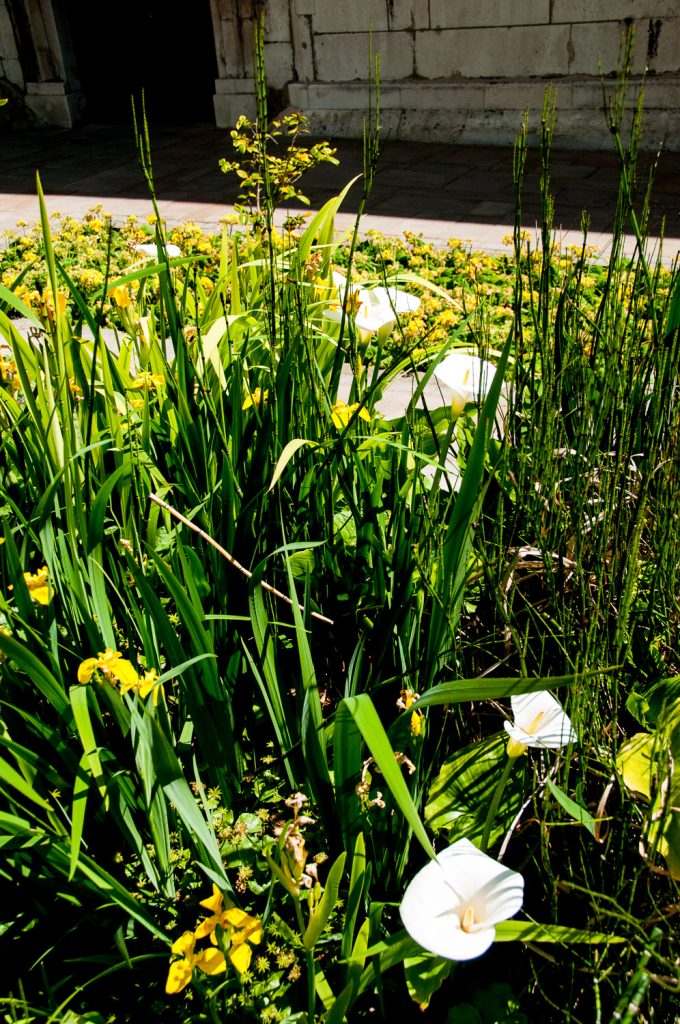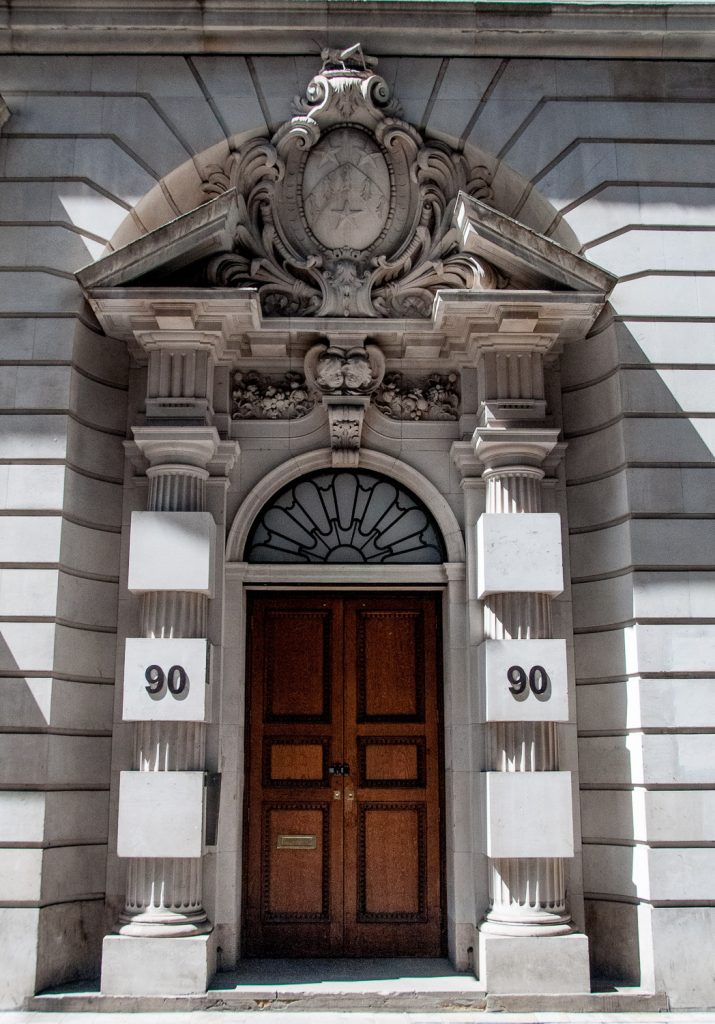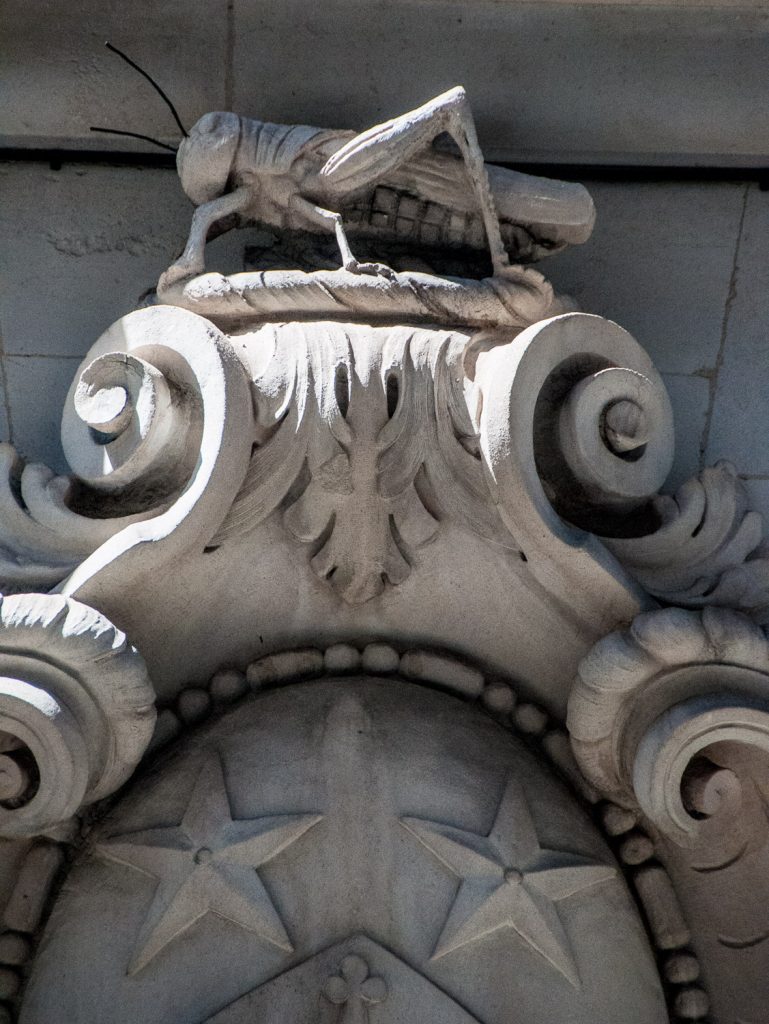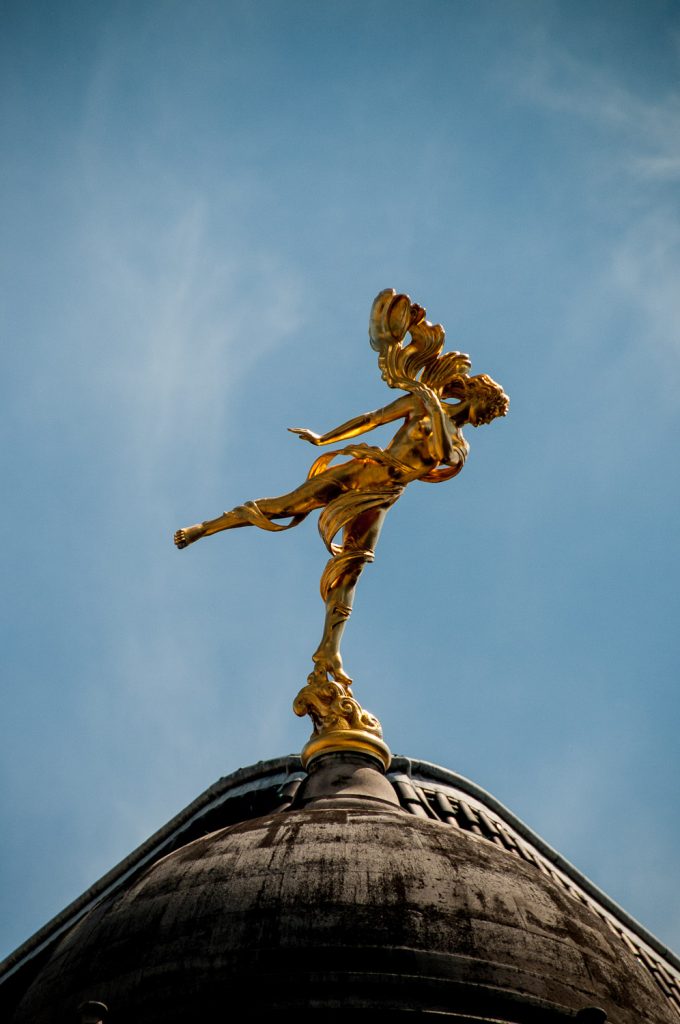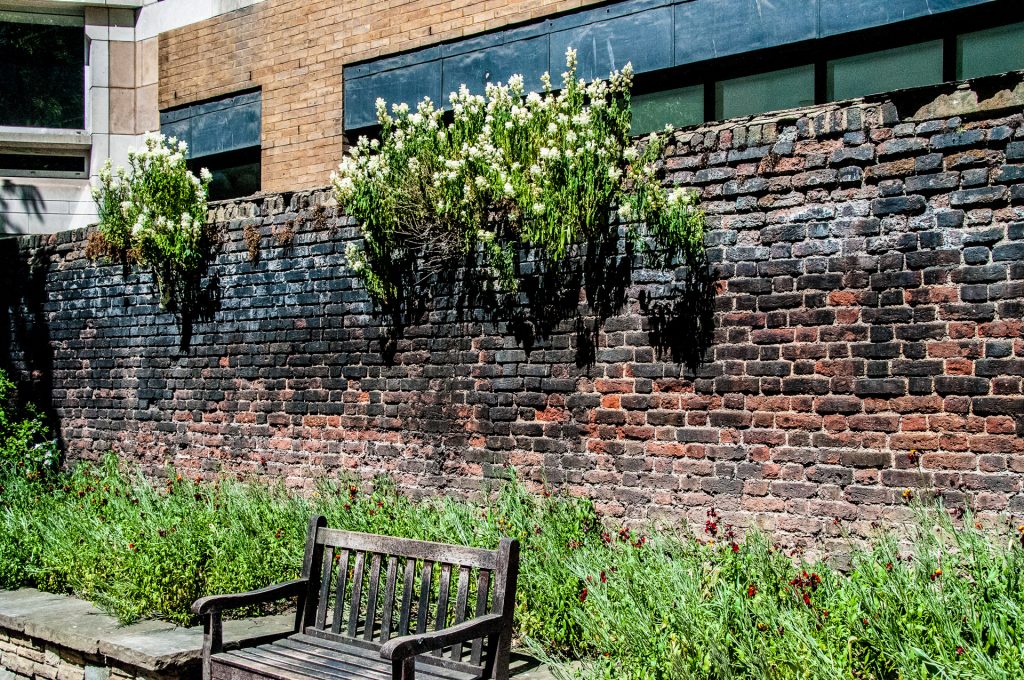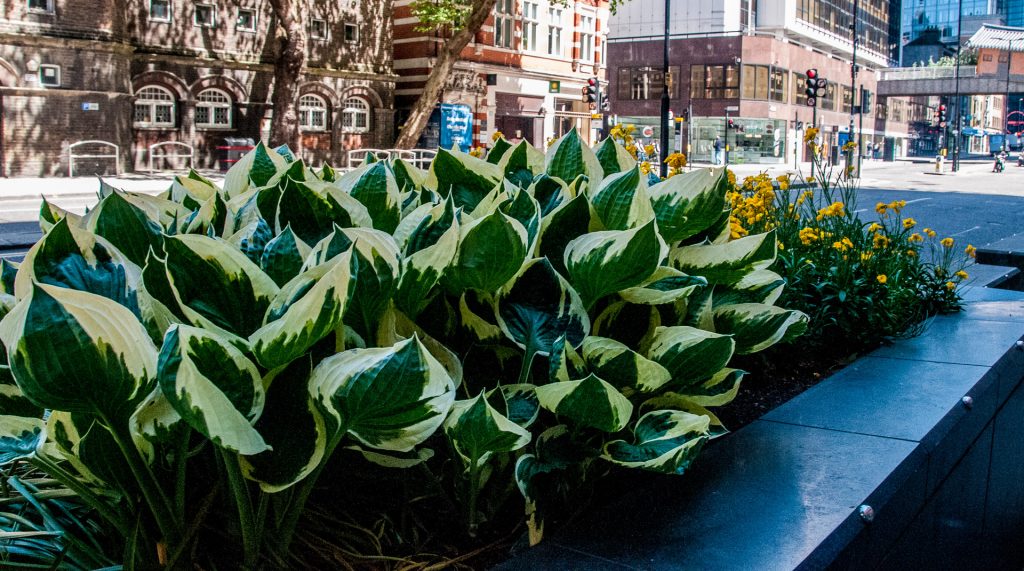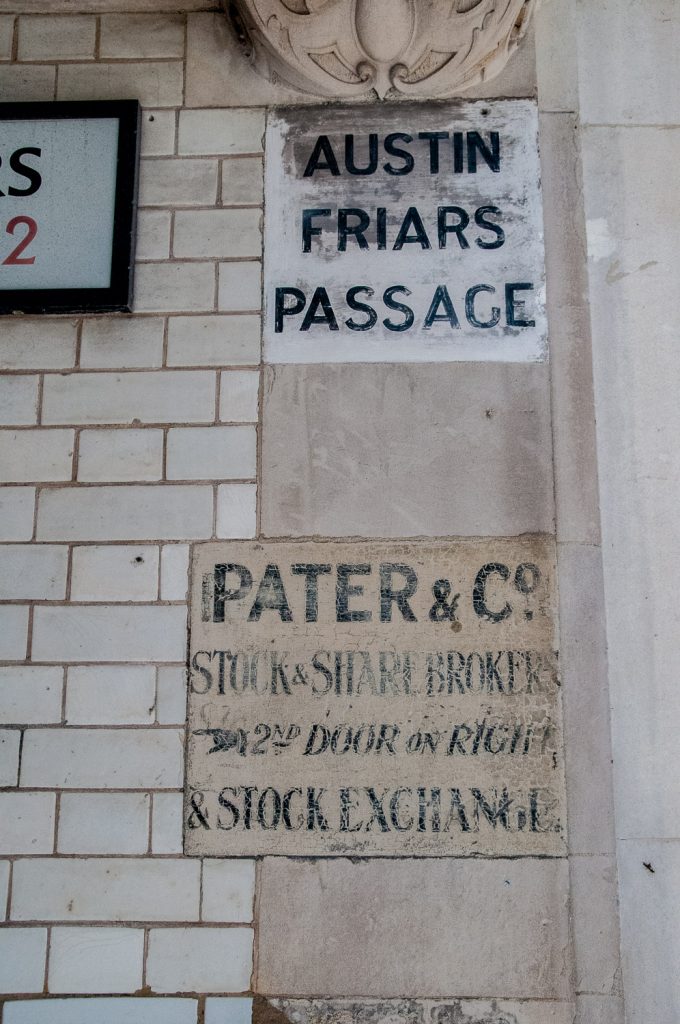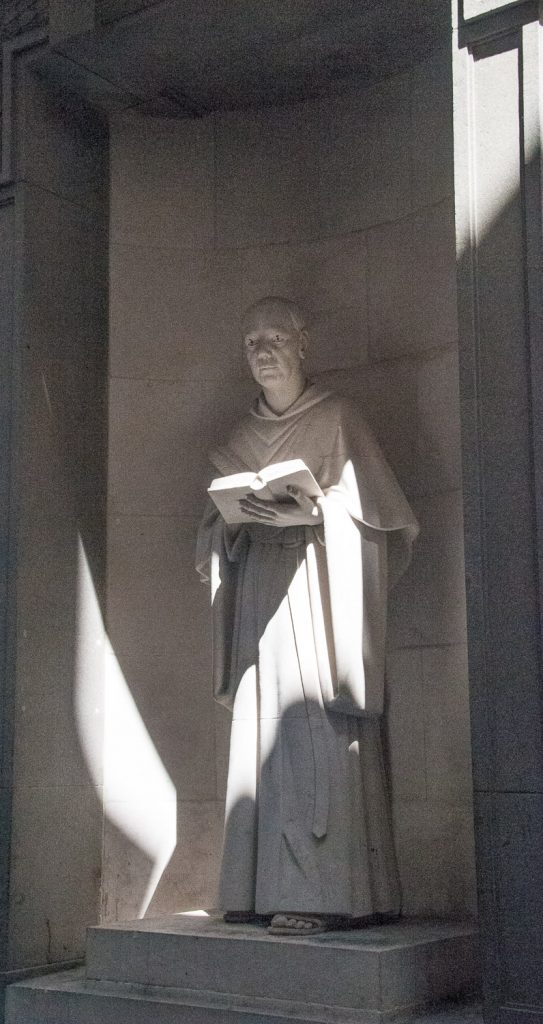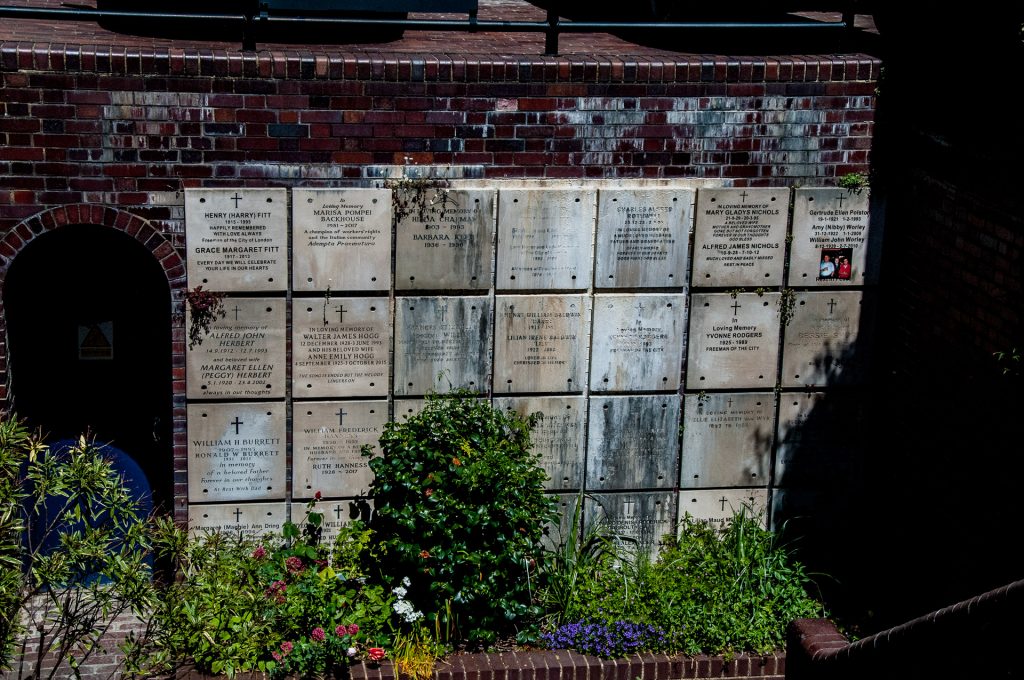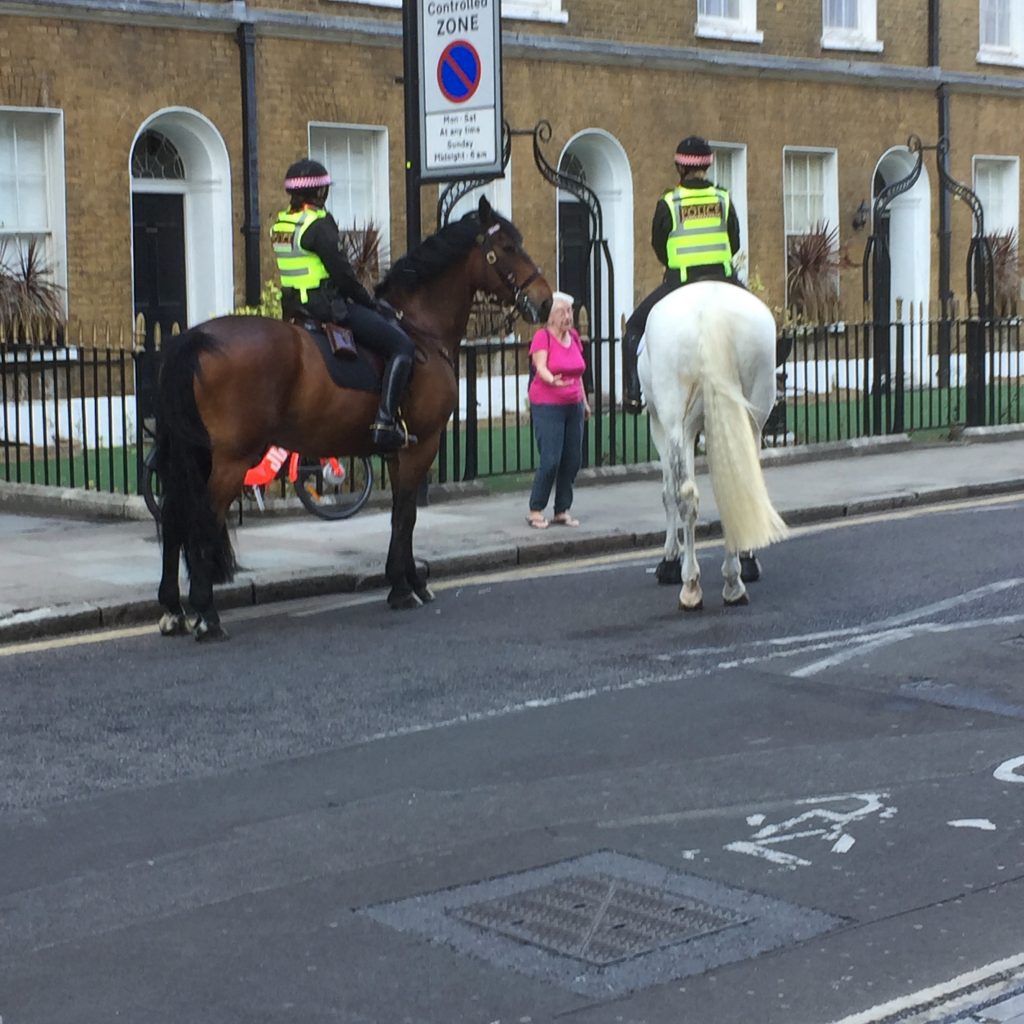Having written about City Children a few weeks ago I though it was time to look at some of the ladies portrayed in sculpture around the City. I found enough for several blogs so this is the first instalment!
Let’s start with this extraordinary statue at 193 Fleet Street now, sadly, somewhat weathered …
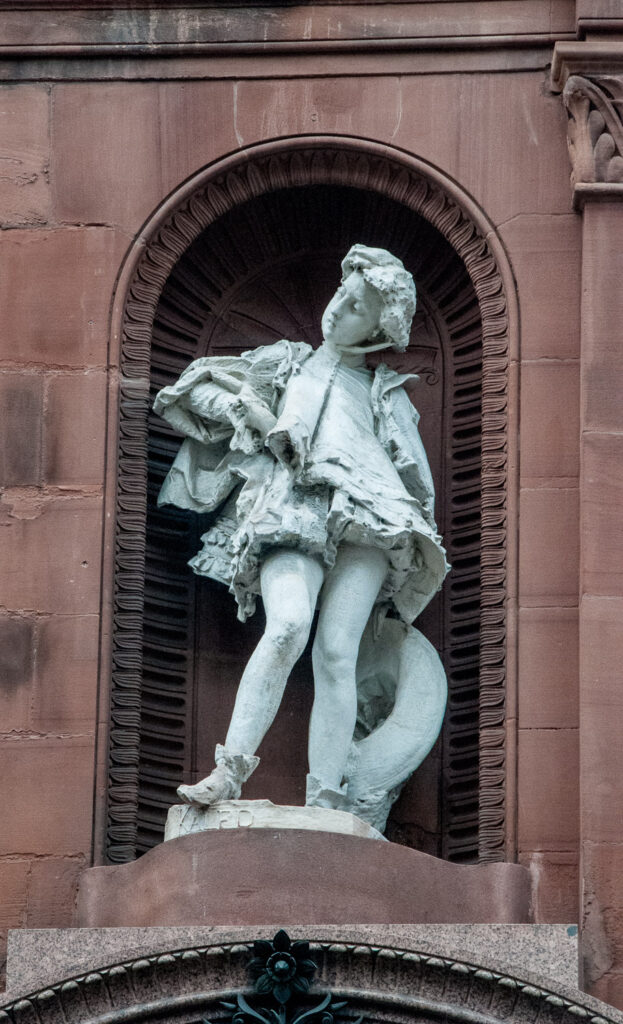
I always thought that it resembled a rather effeminate youth but it is in fact a woman disguised as a pageboy, her name, Kaled, appears just under her right foot.
It is by Giuseppe Grandi, and dates from 1872. The shop owner, George Attenborough, had a niche created specially for it over the front door. Kaled is the page of Count Lara in Bryon’s poetic story of a nobleman who returns to his ancestral lands to restore justice. He antagonises the neighbouring chieftains who attack and kill him. Kaled stays with his master and lover to the end, when it is revealed he is in fact a woman. She goes mad from grief and dies.
Walking further eastwards along the south side of Fleet Street you come across Serjeants’ Inn and these interesting keystones depicting a woman holding a baby, flowers and a bird (EC4Y 1AE) …
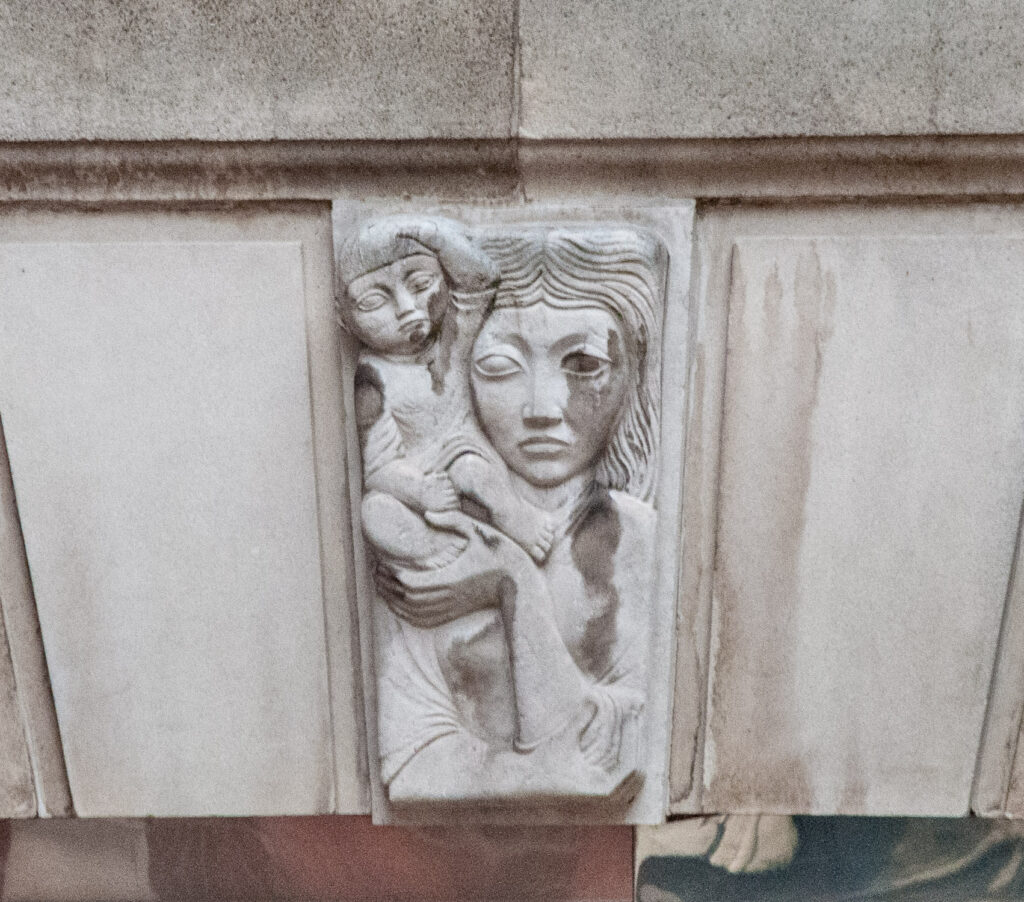
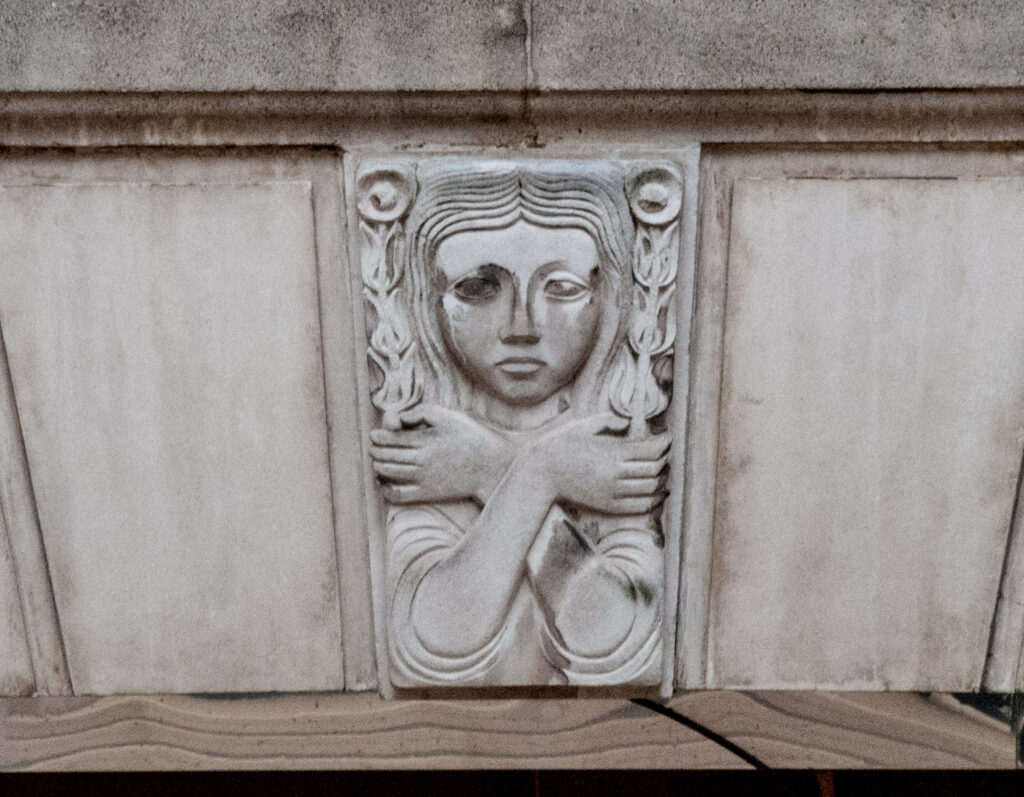
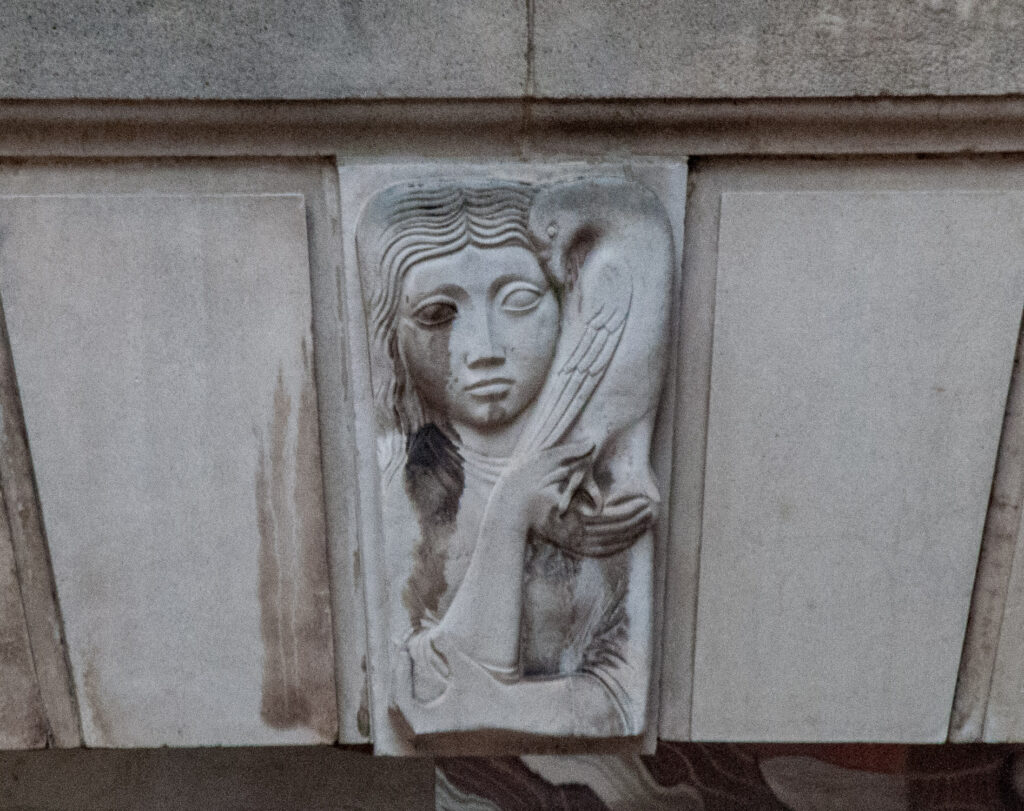
They date from 1958 and although the architects are known, Devereaux & Davis, the name of the sculptor is not (or, at least, I couldn’t discover it).
Over the original main door to the Old Bailey (EC4M 7EH) is a sinister figure, her face overshadowed by an ample hood. She is the Recording Angel, busy writing down all our deeds for God’s future reference …
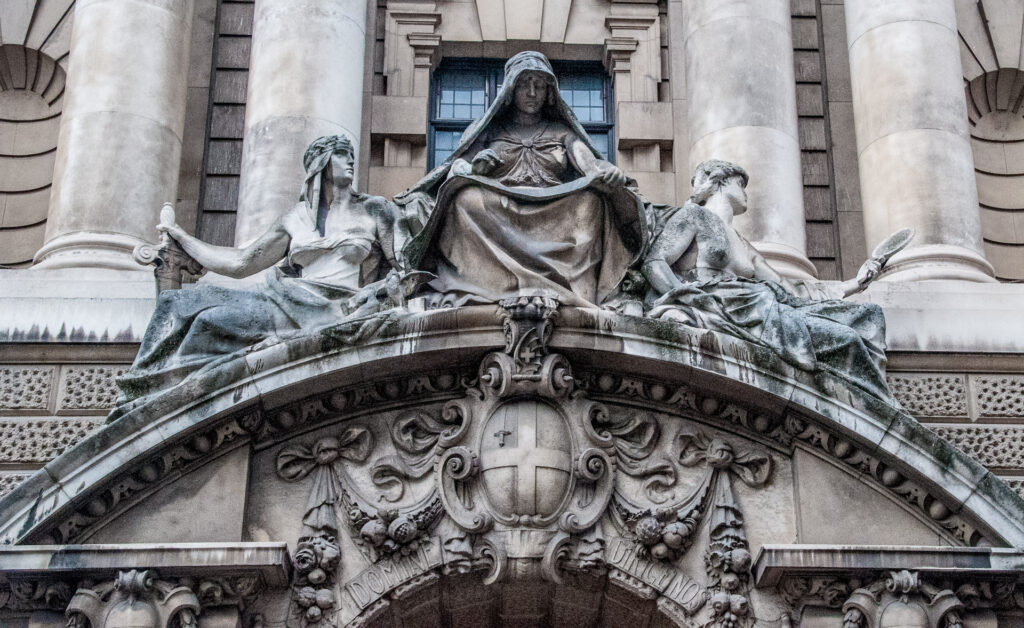
To the left sits Fortitude, a female figure holding a massive and elaborate sword, and on the right Truth gazing into her mirror.
On the south pediment another woman holds a quill in one hand and in the other a closed book …
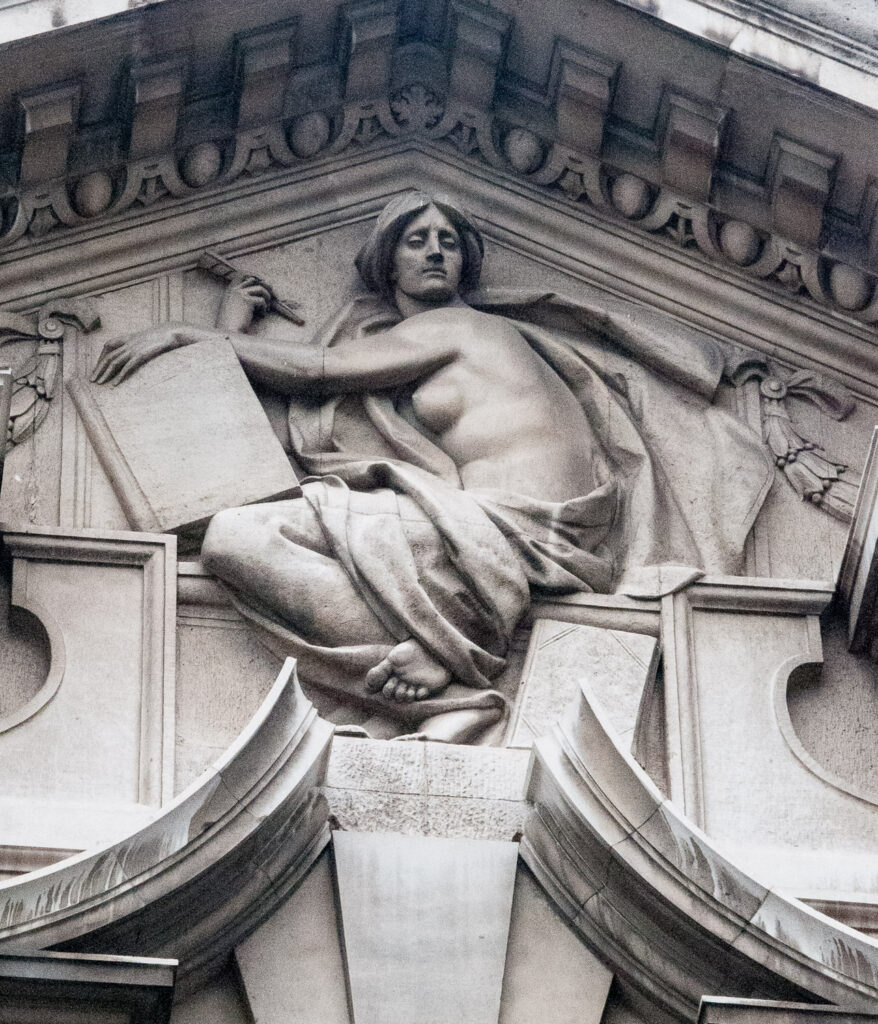
Both date from 1906 and are by the sculptor Frederick William Pomeroy as is Justice holding her symbolic sword and scales. She stands upon a globe because Justice straddles the world and although she is made of bronze not stone I couldn’t resist including her …
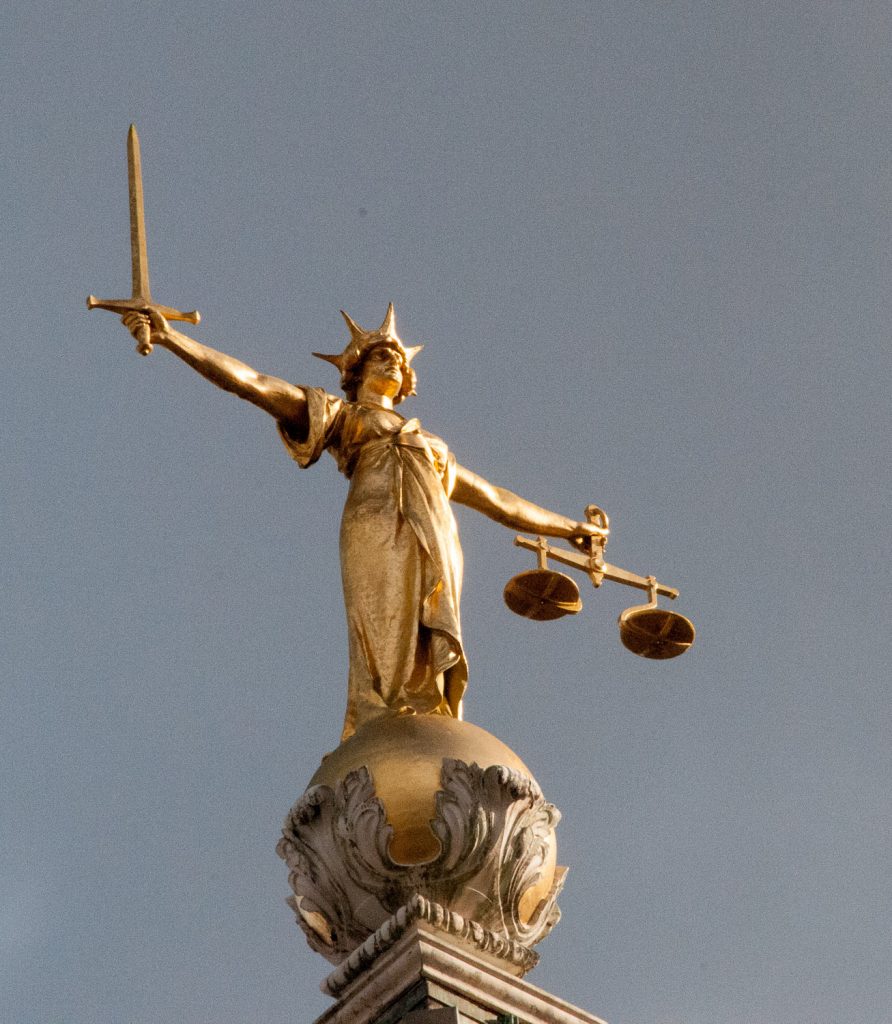
You may be surprised to see that she is not wearing a blindfold. I have written about her and the many other places she can be found in the City (often blindfolded) in an earlier blog entitled Lady Justice.
At 28-30 Cornhill can be found the old offices of the Scottish Widows Insurance Company (EC3V 3ND). High up the building, which dates from 1935, are two figures sculpted by William McMillan.
The one on the left holds a naked child between her knees …

… the other pours fruit and flowers from a cornucopia …
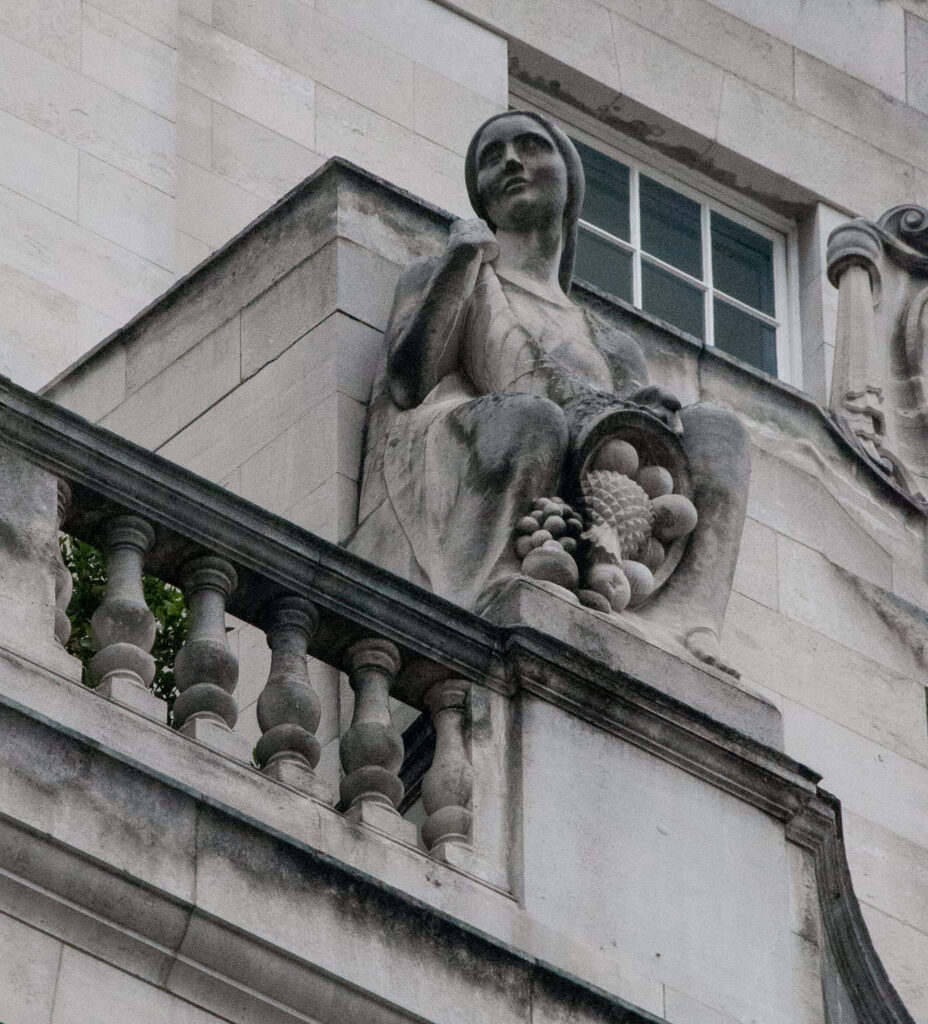
Dr Philip Ward-Jackson points out in his book Public Sculpture of the City of London that there is a striking resemblance both in iconography and style between these two figures and the so-called Lothbury Ladies. Charles Wheeler was sculpting them at the same time for the Lothbury front of the Bank of England. Here are two of them …
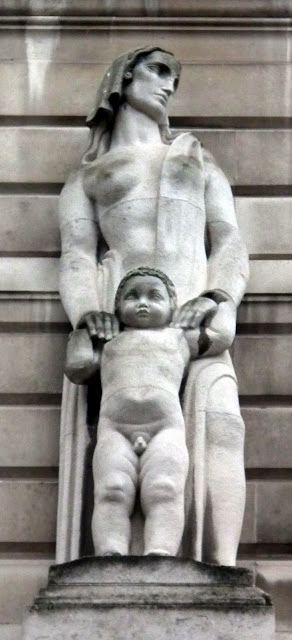
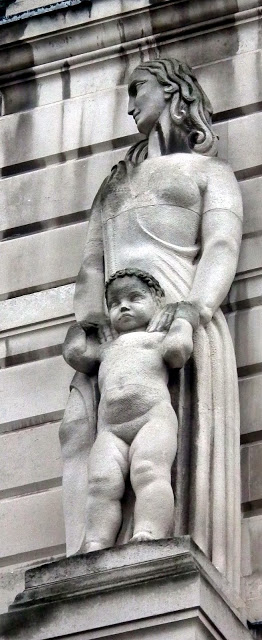
The children represent ‘the hope of the future of the renewed Bank and its ideals’.
The Lloyd’s Register of Shipping at 71 Fenchurch Street is worth a visit in its own right. I counted over two dozen female figures incorporated into the building’s design and here are just a few of them …
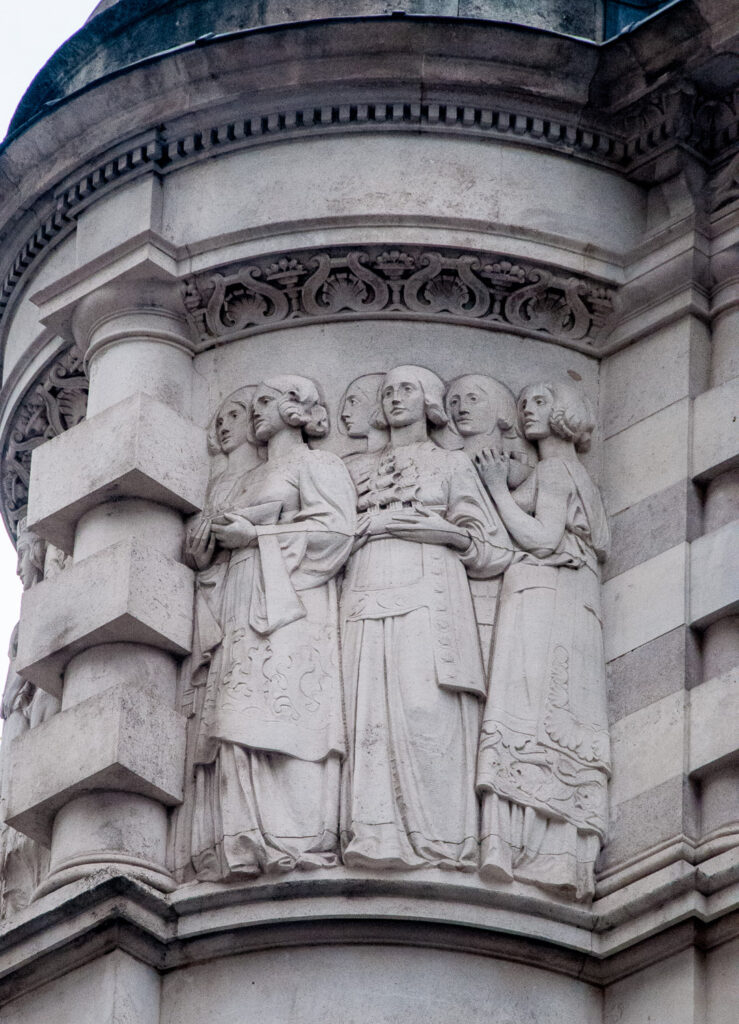
I can’t really do the sculptors justice in this blog so I will return at a later date.
Brewers’ Hall in Aldermanbury Square boasts a maiden keystone over its entrance (EC2V 7HR) …
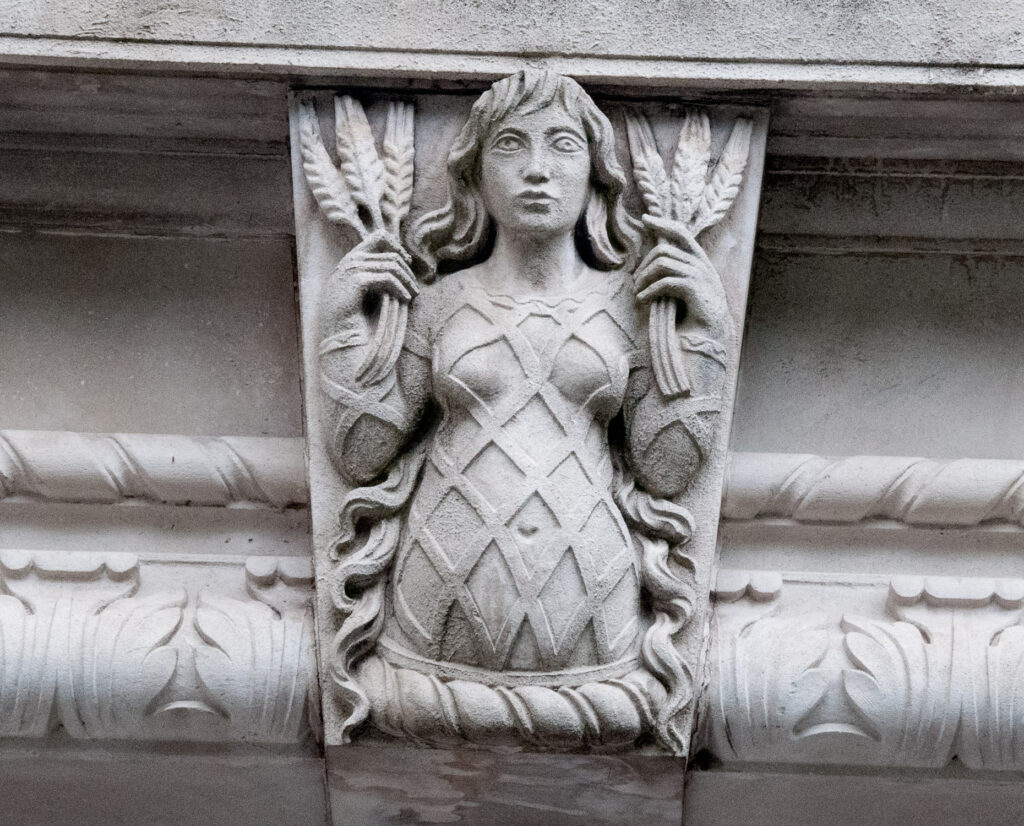
She holds in either hand three ears of barley and forms the crest of the Brewers’ Company coat of arms. This is another work by Charles Wheeler and dates from 1960.
Walking around Finsbury Circus I looked up and saw this lady on the Lutyens designed Britannic House (EC2M 7EB). The building was originally the headquarters of the Anglo-Persian Oil Company …
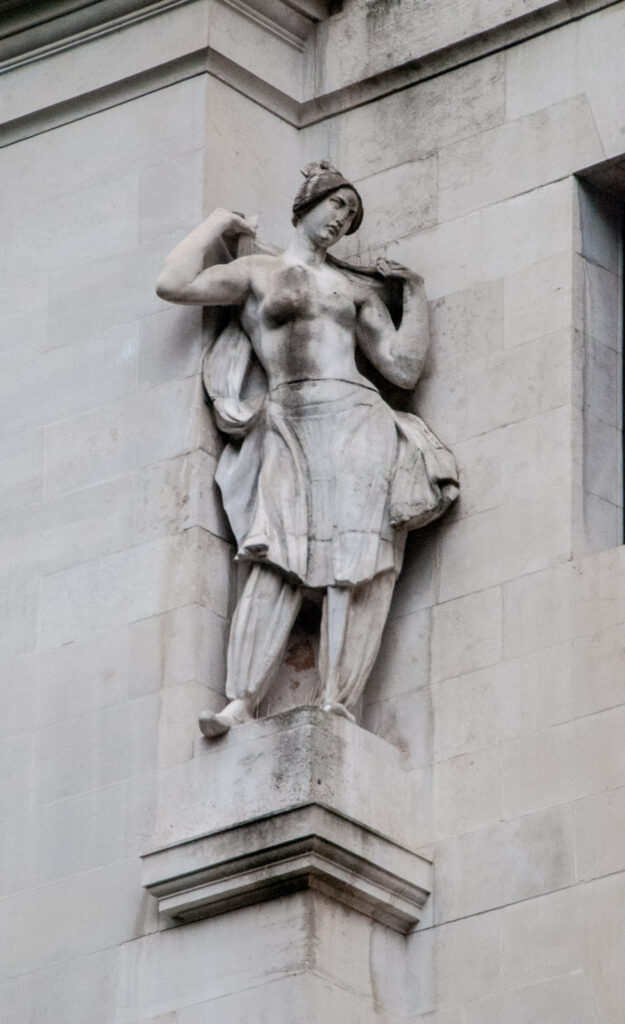
Sculpted by Francis Derwent Wood in 1925, she’s a Persian Scarf Dancer.
Nearby is another work by him entitled Woman and Baby or Spring …
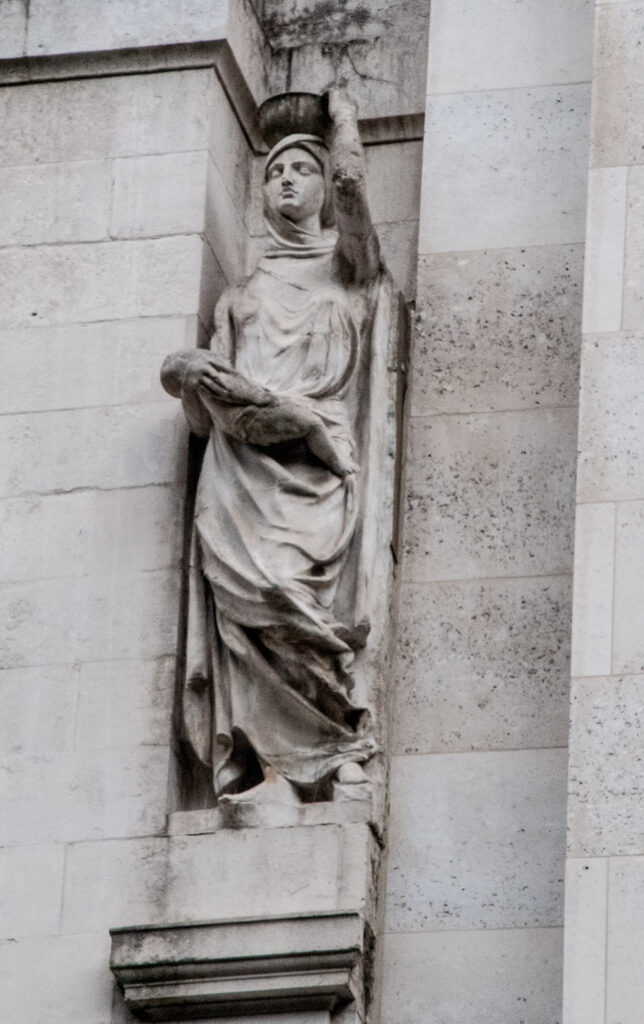
My walk around the City looking for ladies in sculpture was really enlightening and I’ll return to the subject in a later blog.
Remember you can follow me on Instagram :
